Imagine you've spent a few months coding an MSX game and it's now ready for release. However, there's one little problem: you want to sell it as a cartridge. You're going to need to make circuit boards, solder components, buy cartridge cases, and make a package that looks good.
It's not an easy task.
Fortunately, there are manufacturers who can help you with this task. In this article we review three of them: MSX Cartridge Shop, Repro Factory and Matra.
The purpose of this article is to help you choose and get in touch with a manufacturer for your cartridges. There may be some information that we've been unable to include here, so feel free to contact them for any additional details or clarification.
Note: this article has lots of photos. It may take a while to load completely.
Repro Factory MSX Shop
Based in France. Eric Boez launched Repro Factory in 2014 with an initial catalog of several games and hardware interfaces for MSX.
Today, besides the hardware kits and interfaces produced by him, he also helps other MSX developers produce cartridge versions of their games.
Package
Repro Factory offers a single package type: Universal Game Case plastic boxes. These are semi-transparent cases with insets for several different types of cartridges (Nintendo 64, SNES, Sega Megadrive, CDs...). MSX cartridges are a bit smaller than these formats, so cartridges wiggle a little bit inside the box, but not enough to damage anything or to suppose a problem. Your cartridges will be perfectly fine in this box.
These boxes have several strong points: being made of plastic they don't get damaged easily, and they look gorgeous with a well-designed cover. In addition, there's enough space inside for a decent-size manual, should you choose to include one. As an alternative to the manual, you can also choose to print the instructions in the back of the cover, and it will be perfectly readable through the plastic when you open the case. Eliminating the need for a separate manual will save you some money. For storage you can choose to stack them vertically or store them on the shelf as if they were books. They're very regular in size, so they look good together and are wide enough to stand upright on their own without any support.
Case example 1: Three cartridges produced via Repro Factory. the HBI-232MKII RS232 interface, nenefranz's Zombie Incident and SILICON SEX's MÜLLWAND.
Case example 2: The three cartridges (side view).
Case example 3: Credits of Zombie Incident seen through the plastic case.
Case example 4: MÜLLWAND uses the back of the cover as instructions manual.
Cartridge cases
Eric uses doesn't produce his own cartridge cases. Instead, he uses the ones manufactured by Korean user Overrich. These cases are of very high quality: sturdy and with no externally visible defects or inconsistencies. The two halves of the case are joined together with a couple of screws in the back.
So far Eric has used cases in either black or white, but he can source other colors as well if needed. This would probably increase the delivery time, so please confirm with him regarding the availability.
Cartridge case example 1: The HBI-232MKII cartridge (black semi-transparent case)
Cartridge case example 2: HBI-232 MKII, MÜLLWANd and Zombie Incident viewed from the top.
Cartridge case example 3: The same three cartridges, bottom. HBI-232 MKII in the center.
Cartridge case example 4: Backside of the MÜLLWAND cartridge.
Technical especifications
What can you put in a cartridge? According to Eric, he can produce cartridges of any size between 16 and 2048KB. The mapper type can be ASCII8, ASCII16, Konami4K or Konami SCC (in this last case, we're talking only about the memory mapper, not the sound chip).
Besides native ROM files, he also supports disk images converted to ROM using the DSK2ROM utility. In this case, please note that including copyrighted files such as MSX-DOS(2)'s COMMAND.COM and MSXDOS.SYS or the MSX-BASIC KUN compiler will require a license from the MSX Licensing Corporation. It is your responsibility to obtain this license. You can work around this legal issue by using Nestor Soriano's Nextor operating system and the NestorBASIC extension, respectively.
As a hardware extra, he can also integrate the Texas Instruments SN76489 sound chip in your cartridge. This chip is similar to the MSX's AY-3-8910 Programmable Sound Generator, and it was used in many home computers and console game systems such as the BBC Micro, the Colecovision, the Sega Genesis / Megadrive, or the SG-1000.
Quantities and delivery time
Eric can produce batches of anywhere between 1 to 100 units.
Producing a batch usually takes around two weeks, but the time may vary depending on the color of the cartridges, amount, etc.
Cost and payment methods
The basic cost per unit starts at 15€ (about US$17, or ¥1900). This includes producing a whole unit: circuit board, cartridge case and sticker, package and cover.
Please confirm with Eric for other options, such as producing just the cartridges without package, or making cartridges with larger ROM files.
Additionally, you can take advantage of Repro Factory's online shop. Eric can sell your cartridge in his online shop and handle the shipping for you. His commission in this case is 10% of the sale price.
Eric accepts payments via PayPal only.
Note: at the time of this writing (June 25th 2017) the Repro Factory site has been put under maintenance because Eric is in the hospital for surgery. We wish him a quick recovery!
MSX Cartridge Shop
Manuel Pazos started his site a very long time ago, in 2008. Since then he has been producing several different generations of his popular MegaFlashROM cartridge. Besides selling his cartridge, he can also produce and sell your own games.
Package
Manuel can either help you produce just the cartridges, or take care of the whole box + manual + cartridge set.
Like Eric, he offers only one kind of box. His are more compact than Repro Factory's and are made of cardboard. The cartridge sits perfectly in the middle of the box. The printed side of the cardboard is glossy. However, being cardboard, it should be treated with care or it will start showing wear and tear after some time.
The cartridge stickers and the color manual are of good quality and look professional.
Case example 1: IMANOK's Tina's Adventure Island (front)
Case example 2: Tina's Adventure Island (side view)
Case example 3: Tina's Adventure Island (back)
Case example 4: Box contents. The manual sits under the cartridge
Cartridge cases
Manuel makes his own cartridge cases using a plastic injection moulding machine. His cartridge cases don't use any screws: the two halves snap together and it's difficult to open the case once it's been closed.
So far he has made cases in either black or white, but he says that it's possible to make them in any other color as long as the color is available for the moulding machine.
His cartridge cases feel lighter than Eric's, and have very visible imperfections on the surface, especially on the top and bottom of the cartridge. This doesn't affect the functionality in any way, but if you care a lot about the aesthetics then this may be something you may want to take into consideration.
Cartridge case example 1: Front of the Tina's Adventure Island cartridge.
Cartridge case example 2: Tina's Adventure Island (back)
Cartridge case example 3: Top of Destroyer, Tina's Adventure Island and MegaFlashROM SCC+SD
Cartridge case example 4: Bottom of the same three cartridges
Technical especifications
The cartridges produced by Manuel can be anywhere between 16KB and 8MB (8192KB). If you need more than 64KB then he can support any custom memory mapper and additional hardware such as a DAC, SCC sound chip, an extra PSG, etc. This is because his cartridges include an FPGA chip that can perform the functions of these devices. Again, please confirm with Manuel regarding the hardware extensions that can be used.
Like Eric, your cartridges can be native ROMs, or MSX-DOS(2) or MSX-BASIC programs converted to ROM with the DSK2ROM tool.
Quantities and delivery time
The minimum order is one unit. Usually there's no problem in ordering big batches of 100-200 units.
Assuming he has enough parts in stock delivery time is almost immediate (in the order of just a few days) if Manuel is producing only the cartridge boards and cases. Printed material such as the box and manual may take between 2 to 4 weeks.
Cost and payment methods
Making a cartridge with a flat ROM file of up to 64KB costs 14€ (a bit over US$15, or ¥1750). For ROMs larger than 64KB the price is 25€ (US$28 / ¥3110) because they require extra circuitry. In both cases this price only includes the circuit board and cartridge case.
The packaging (box, cartridge label and manual) costs an extra 1 or 2€.
As an extra, he can sell your games in the MSX Cartridge Shop and handle the logistics for you. He charges no commission for this, so this option frees you from doing a lot of work.
Manuel accepts payment via PayPal or bank transfer.
Matra
Besides the MSX, Matra has a long history of producing software for several other retro platforms. They've produced software for MSX in floppy disk, tape and cartridge, and have always taken a lot of care in the design of their products.
Now, besides their own products, they also help other developers publish games.
Package
Matra offers a more diverse choice of packaging:
- A budget, very small format (SHOCKWARE)
- A cardboard case similar in size and design (but not the same) as MSX Cartridge Shop's
- A deluxe format such as the one used for OXiAB's Bitlogic
From left to right: deluxe case (Bitlogic), standard case (Relevo's La Corona Encantada) and SHOCKWARE (Karoshi's Malaika).
Let's look at each format in turn.
SHOCKWARE case
This is a small cardboard case, about the same size as an standard MSX cartridge. Inside the case the cartridge shares space with a small color manual, and the opening is covered with a printed cardboard inset that fills the hole in the front and back of the box that allows you to easily pull the cartridge out.
SHOCKWARE box example 1: Malaika (front)
SHOCKWARE box example 2: Malaika (side view and size comparison with a naked cartridge)
SHOCKWARE box example 3: Malaika (box opening side covered with cardboard inset)
SHOCKWARE box example 4: Full exploded view
SHOCKWARE box example 5: Inset detail (front)
SHOCKWARE box example 6: Inset detail (back)
SHOCKWARE manual: Malaika
Standard case
Externally the box looks very similar to MSX Cartridge Shop's, but there are a few differences. It feels a bit sturdier, probably because the inside of the cover is twice as thick as Manuel's. This also means that the back is also printed and glossy instead of being white cardboard.
Another difference is that this case doesn't support the left and right sides of the cartridge. The cardboard flaps only hold the top and bottom of the case, so the game tends to slide up and down when the box is stored vertically. This doesn't suppose a problem at all because it's still very easy to remove the cartridge from the box.
The manual, if included, sits under the cartridge.
No other big differences with respect to MSX Cartridge Shop's box.
Matra's standard box example 1: Relevo's La Corona Encantada (front and side)
Matra's standard box example 2: Relevo's La Corona Encantada (back)
Matra's standard box example 3: Box interior with cartridge
Deluxe case
This package is slightly bigger than the standard cardboard case.
It's composed of two pieces: a hard cardboard box and a thinner cardboard cover open on both sides that wraps around the box. The cartridge sits in the middle of the internal box between two pieces of padding foam.
This format feels much sturdier than the other two, and it also allows for a bigger manual.
Matra's deluxe case example 1: Bitlogic (front)
Matra's deluxe case example 2: Cardboard wrap (left) with open case. Cartridge is under the manual.
Matra's deluxe case example 3: Full color manual and cartridge in padded box.
Cartridge cases
Matra also produce their own cartridge cases. Like MSX Cartridge Shop, they also use an injection moulding machine. These cartridge cases are screwless and snap together when closed. The design is rounder than most other cases we're used to see in MSX productions, and have a large depression on the back that made them easier to grab and pull from the cartridge slot.
The plastic surface isn't smooth, but has a rougher sanded-like finish. There aren't irregularities in the surface, with only a small burr visible in the bottom.
In these cases the cartridge label doesn't wrap around the top of the cartridge. Instead, it sits inside a smaller inset in the front of the cartridge. This makes it a bit harder to identify standalone cartridges when they're stacked outside their box. No other issues besides that.
Matra can make these cases in any plastic color available for injection moulding machines, even transparent.
Cartridge case example 1: Malaika (front)
Cartridge case example 2: Malaika (back)
Cartridge case example 3: Malaika (bottom)
Cartridge case example 4: Malaika (top and side)
Cartridge case example 5: The gorgeous back side of Bitlogic's case
Cartridge case example 6: Example of some available colors: Bitlogic (transparent), Malaika (black), ZERO (yellow)
Technical especifications
At the time of this writing we've been unable to obtain all the details from Matra, so what follows is just the information we have from what we've seen being released. It's unlikely that this information is complete, so please contact them directly for up-to-date information.
We know that Matra have produced cartridge with native ROM files as well as MSX-BASIC games converted to ROM with DSK2ROM. They're able to produce flat ROM cartridges of up to 64KB, as well as MegaROMs with internal mapper. Not only this, but circuit board customizations are also possible. As an example, if you look closely at the Bitlogic cartridge you'll see eight RGB LEDs inside that produce ambient light of different colors as the game progresses.
Quantities, delivery time, cost and payment methods
As before, we have been unable to confirm these details for now. Please see the summary below for the contact information. You'll be able to discuss the details directly.
Summary
We've seen that the three manufacturers offer different choices of box, cartridge case and hardware extras. This is a summary to help you decide.
Repro Factory MSX Shop
- Package: Universal Game Case (bigger plastic box) with paper cover behind plastic sheet.
- Cartridge case: Injection moulded plastic with two screws. Very smooth and clean finish.
- Can produce anything from flat native ROMs up to 64KB without mapper, or MegaROMs with mapper up to 2048KB.
- Supports DSK2ROM files.
- Can include add the SN76489 sound chip to the circuit board.
- Cost starts from 15 euro
- Delivery time is about two weeks
- Payment method: PayPal
- Website: http://www.ebsoft.fr/shop/
- Contact person: Eric Boez
- Contact email: eric.boez -at- gmail.com (replace "-at-" with "@", not linking to the actual email address to avoid spammers)
MSX Cartridge Shop
- Package: Cardboard box with glossy print.
- Cartridge case: Injection moulded without screws.
- Can produce anything from flat ROMs up to 64KB without mapper, or custom cartridges up to 8192KB with mapper
- Supports DSK2ROM files.
- Several choices of extra hardware, such as SCC, DAC or extra PSG chip that can be implemented in FPGA.
- Cost starts from 14 euro for ROMs up to 64KB, or from 25 euro for bigger ROMs or extra hardware
- Delivery time is a few days (when ordering only the cartridges) or between 2 to 4 weeks when ordering printed material as well such as the box and manual.
- Payment methods: PayPal and bank transfer
- Website: http://www.msxcartridgeshop.com
- Contact person: Manuel Pazos
- Contact email: order -at- msxcartridgeshop.com (replace "-at-" with "@", not linking to the actual email address to avoid spammers)
Matra Computer Automations
- Package: Three choices with different size, material and cost
- Cartridge case: Injection moulded without screws.
- Can produce flat ROMs up to 64KB without mapper and MegaROMs. We're not sure about the maximum cartridge size or the types of mapper supported.
- Supports DSK2ROM files.
- Cartridges can support extra hardware (such as the LEDs in the Bitlogic cartridge), but we're not sure about the available options.
- Costs, delivery time and payment methods not confirmed at the time of this writing
- Website: http://www.matranet.net
- Contact person: S.T.A.R.
- Contact email: matracorp -at- gmail.com (replace "-at-" with "@", not linking to the actual email address to avoid spammers)
We hope this comparison was helpful and that some of you will be encouraged to publish new games for the MSX. We will update the missing information as soon as we obtain it.
For more details, please contact each of them by yourself and ask whatever you need to know.
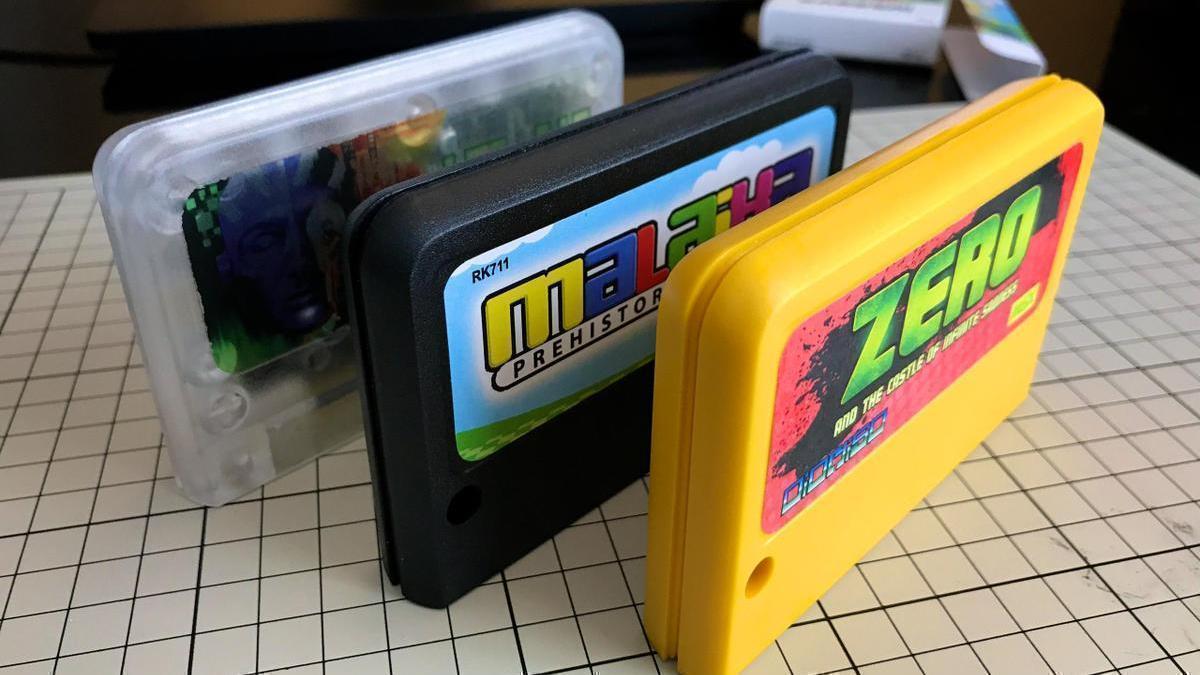
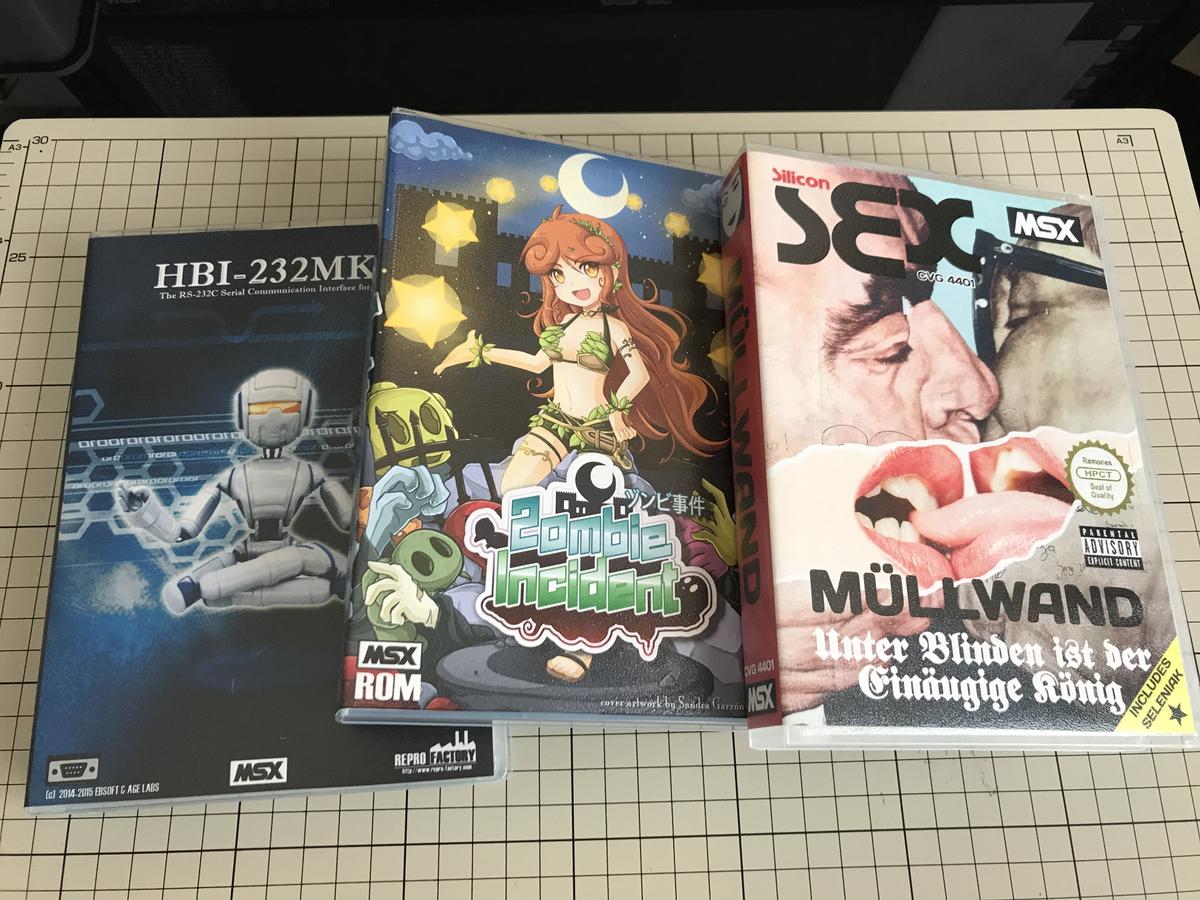
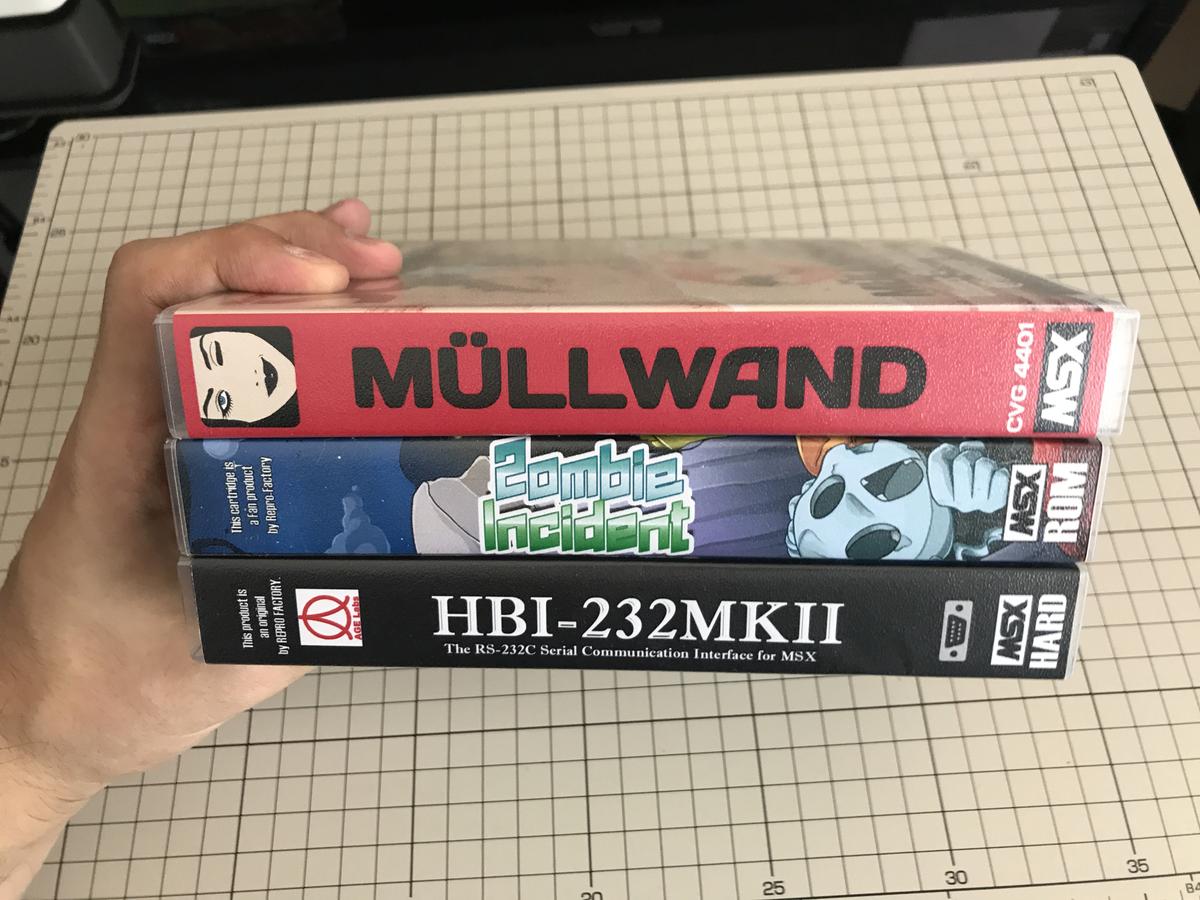
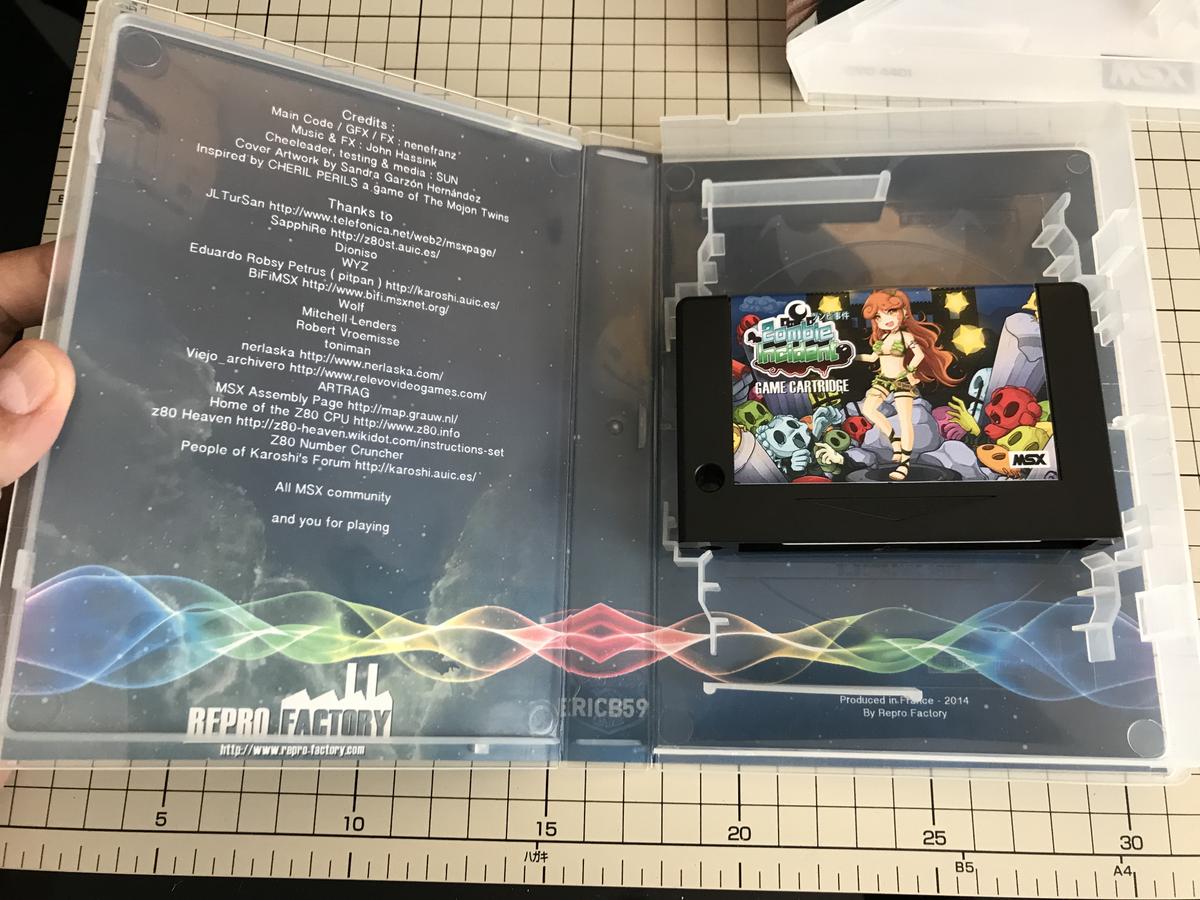
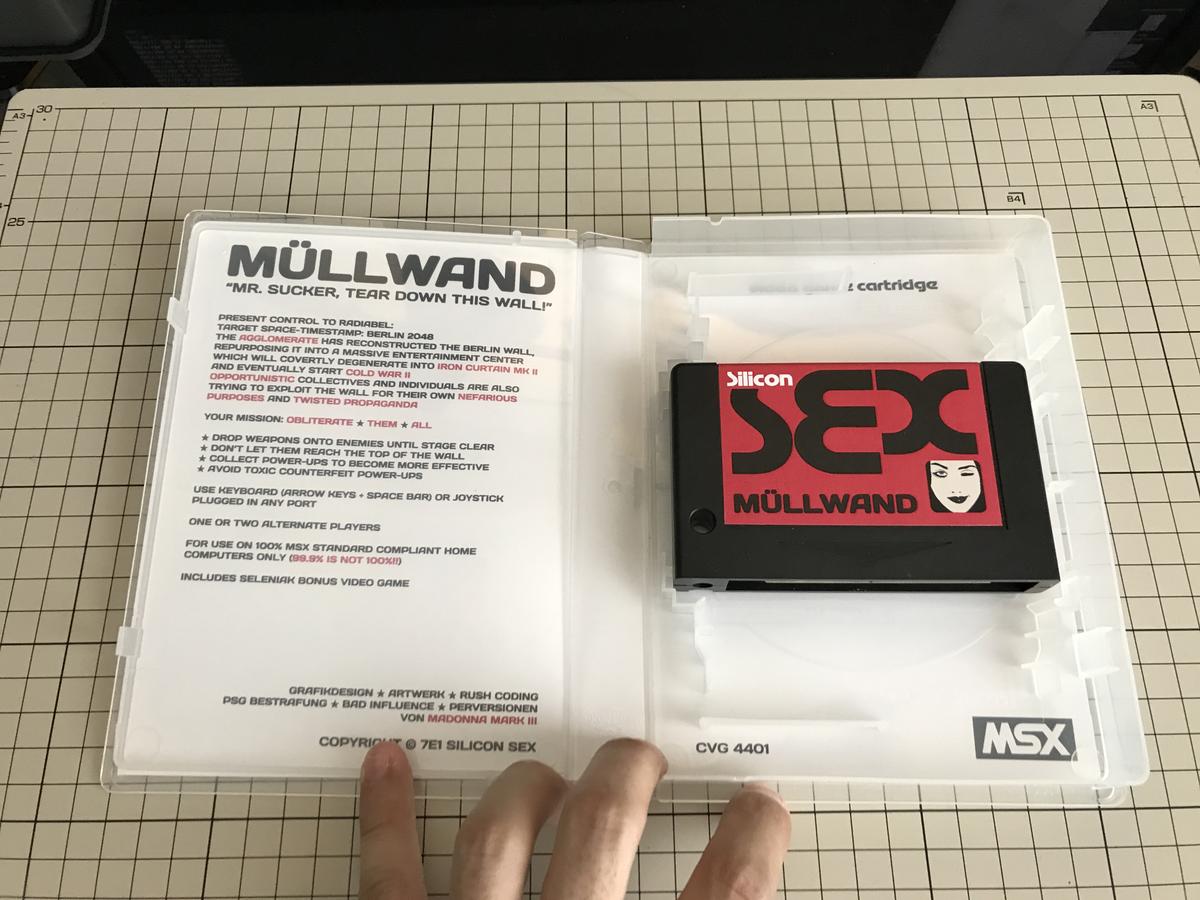
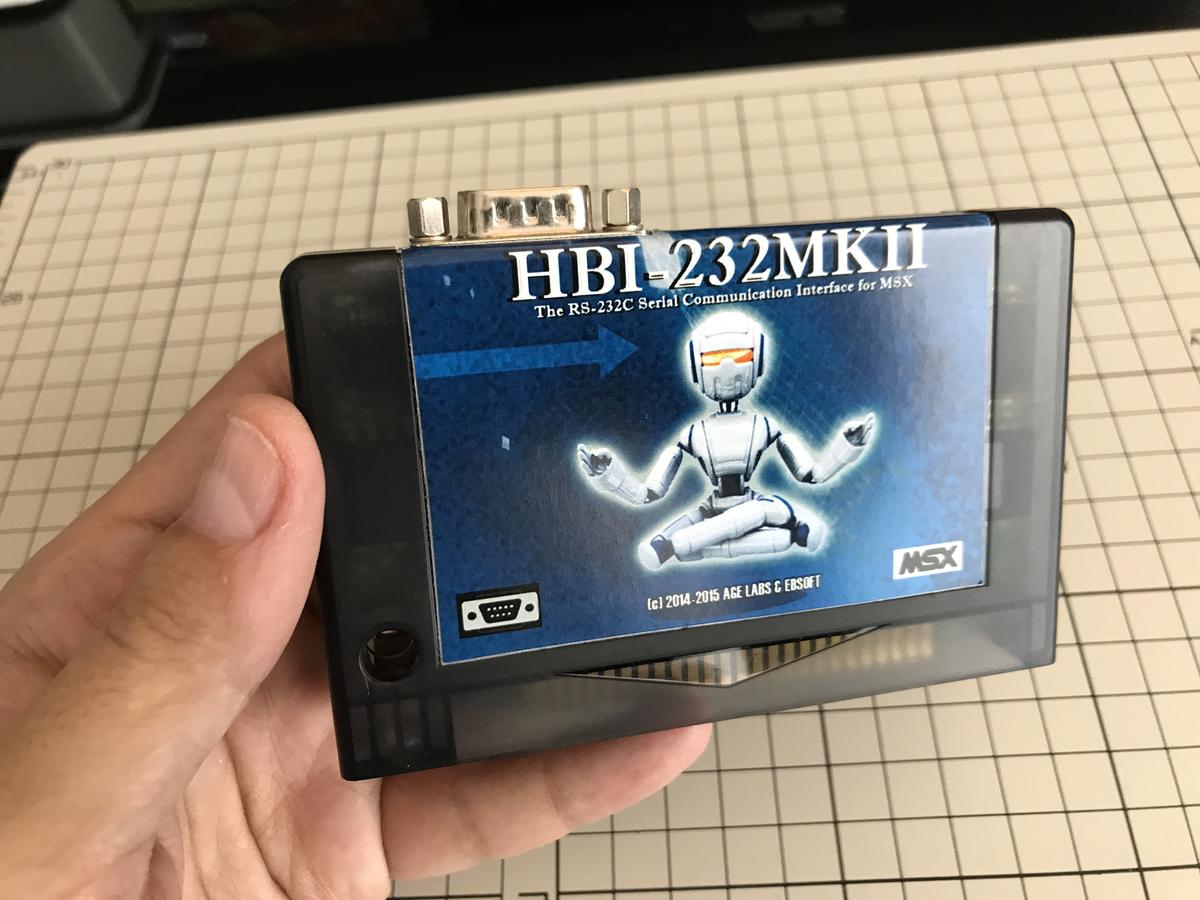
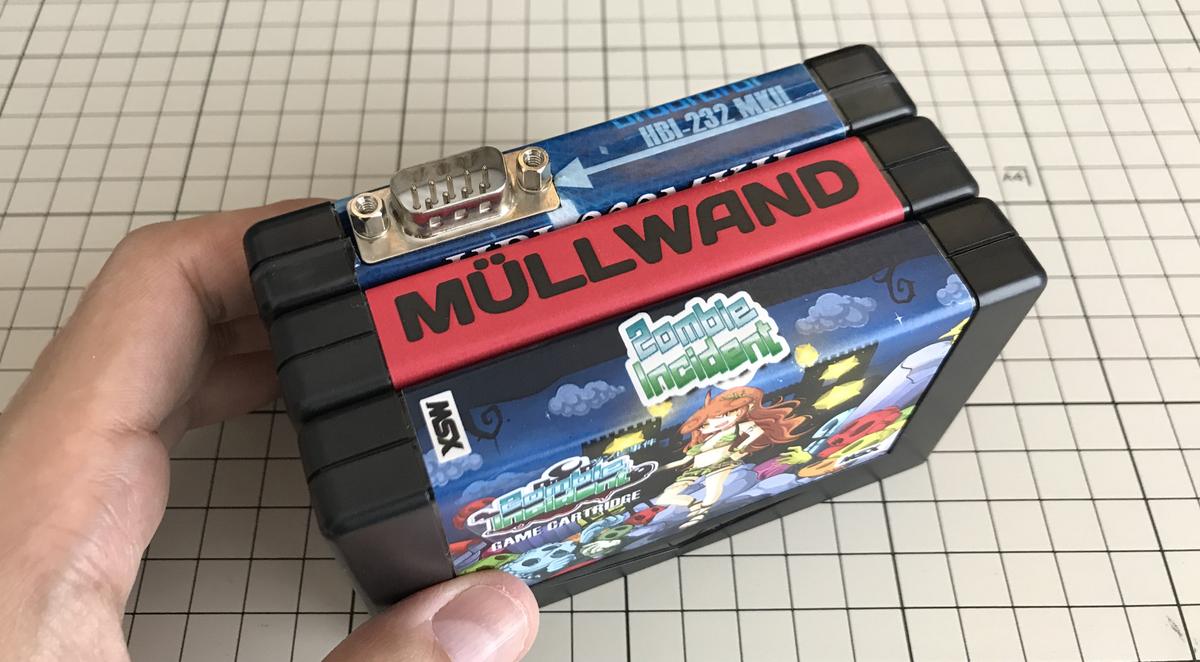
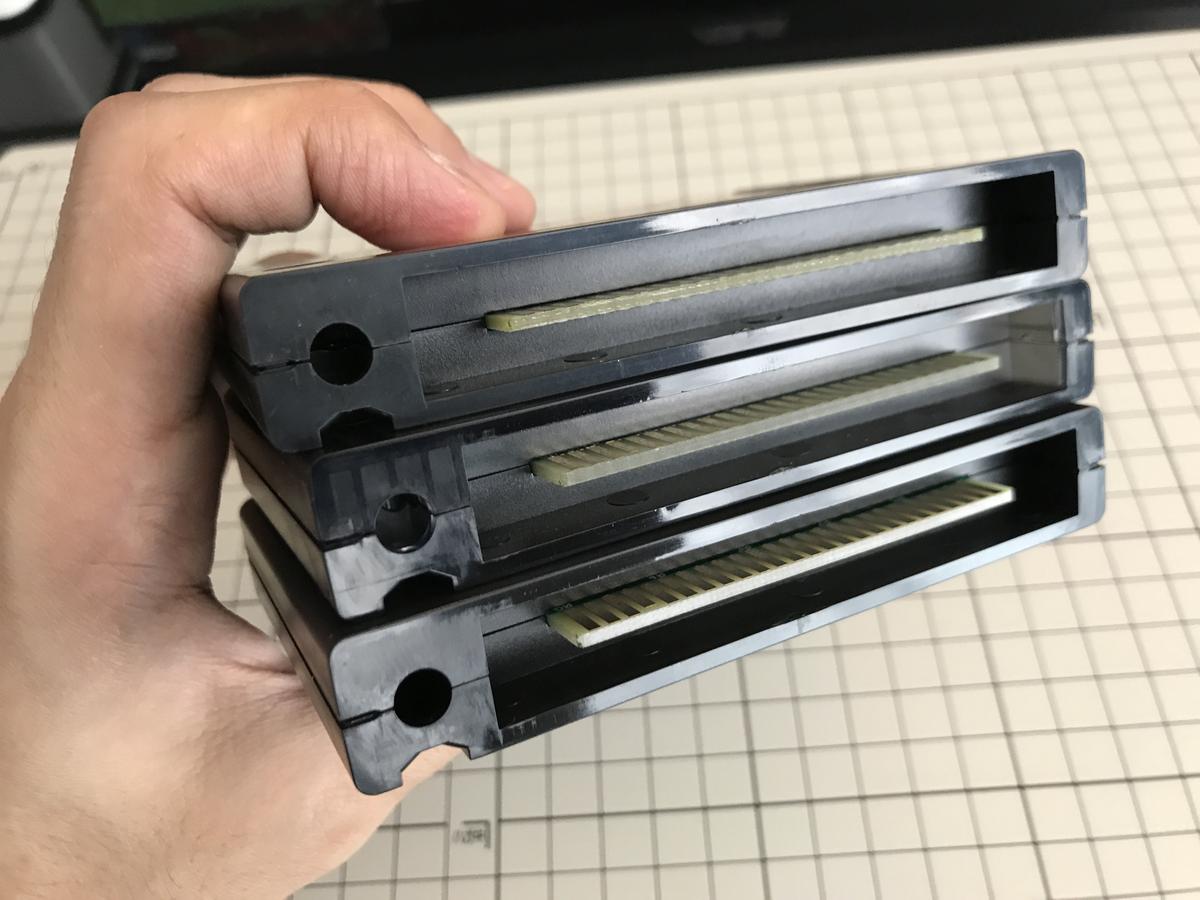
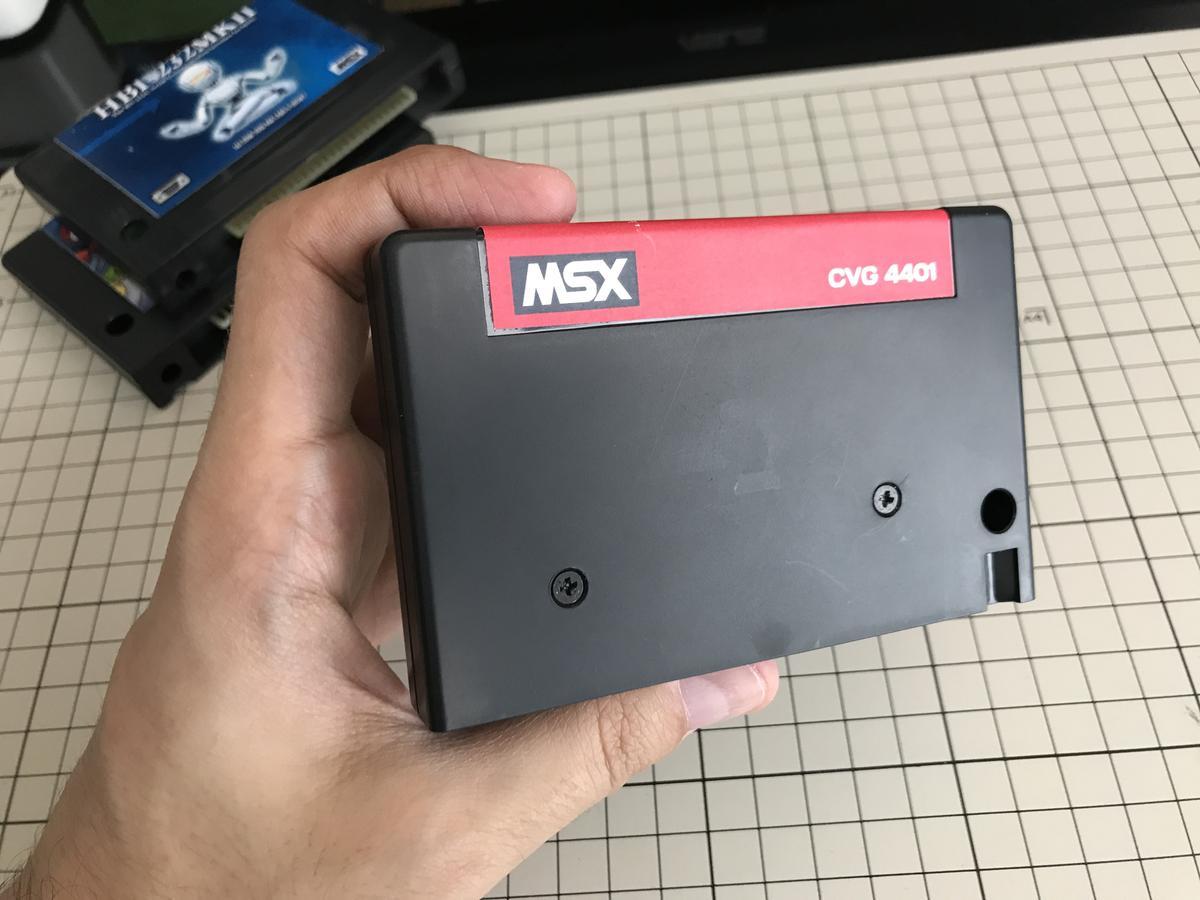
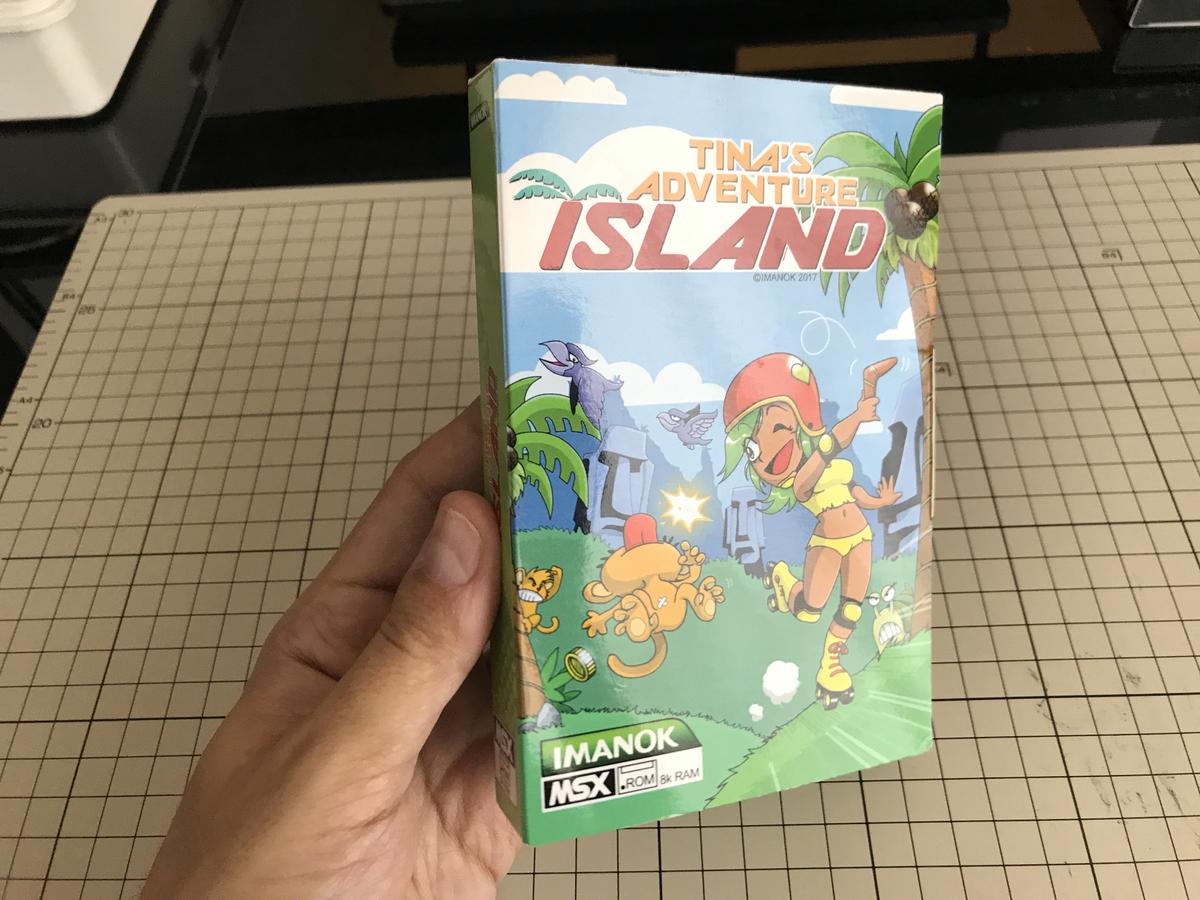
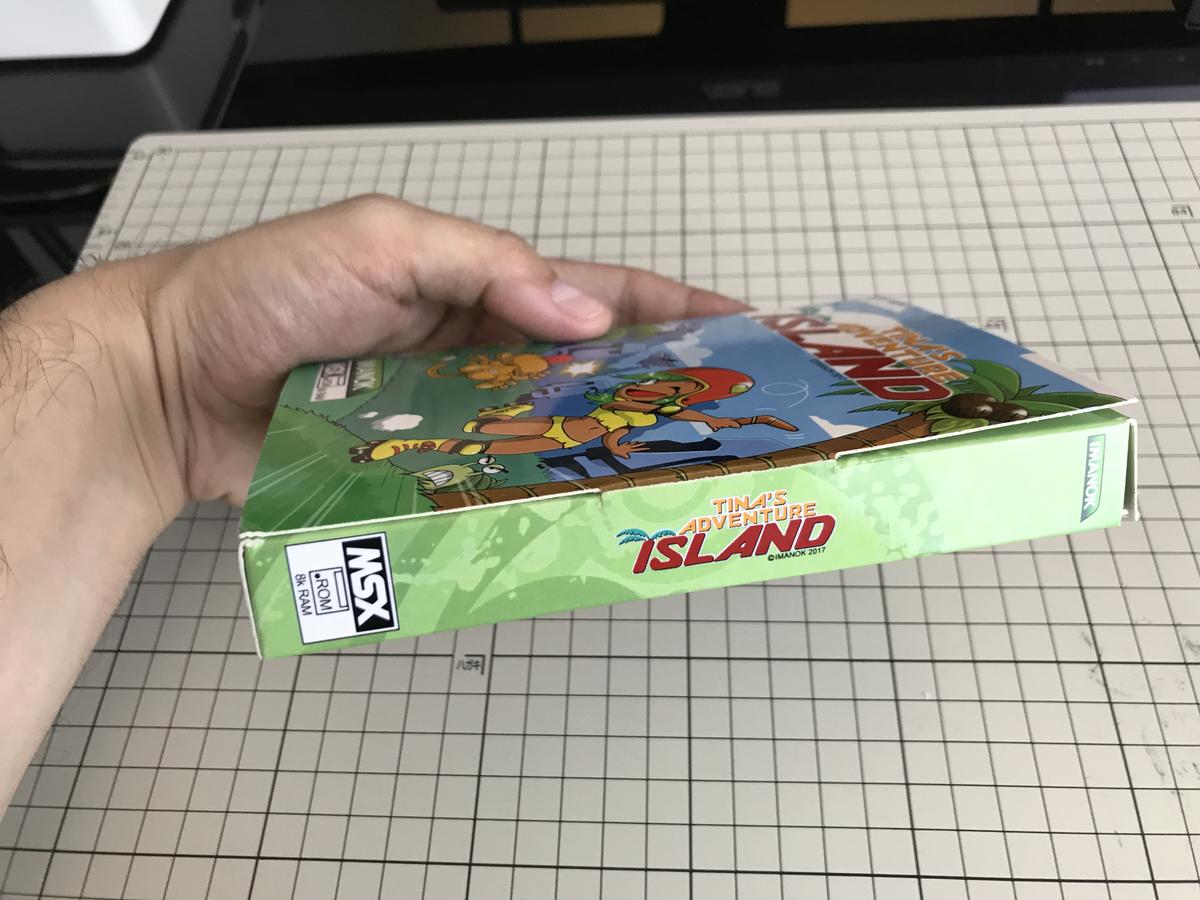
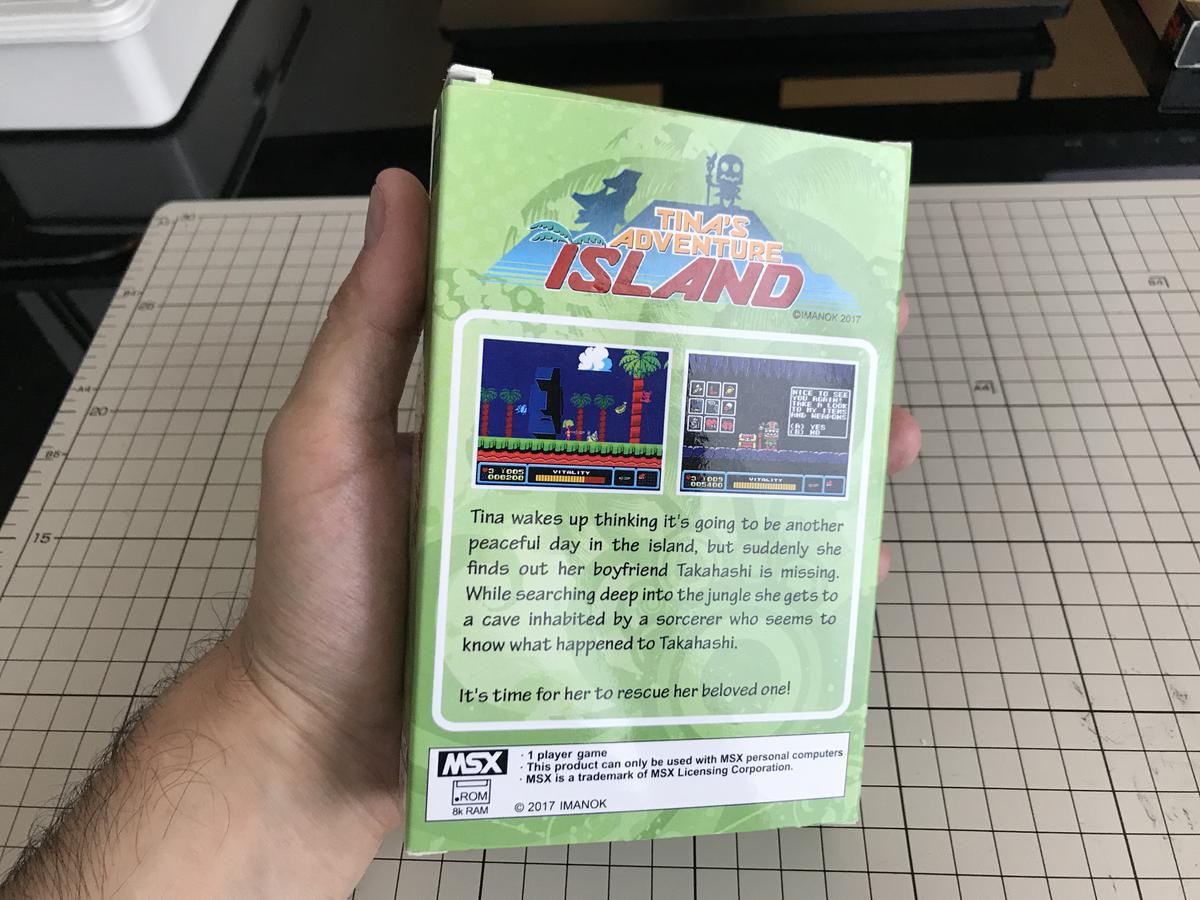
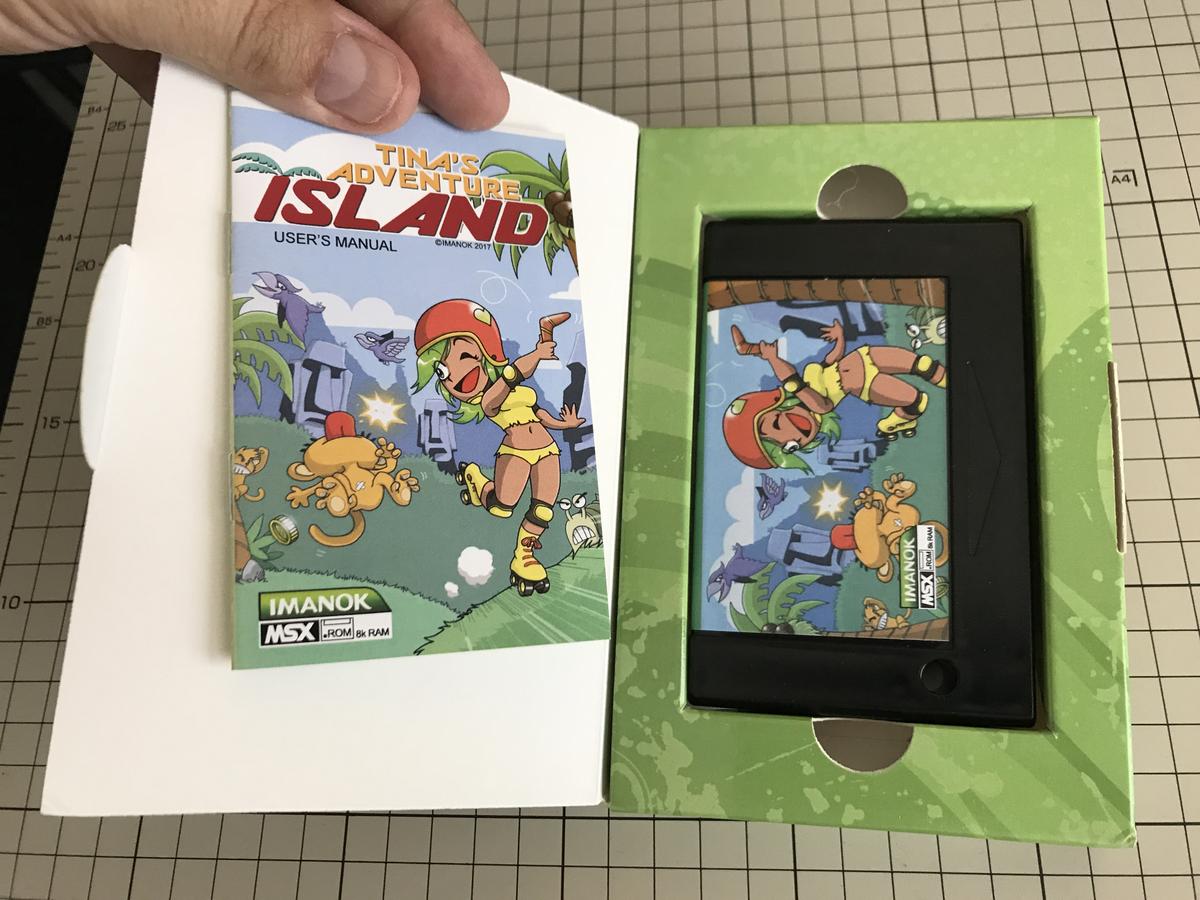
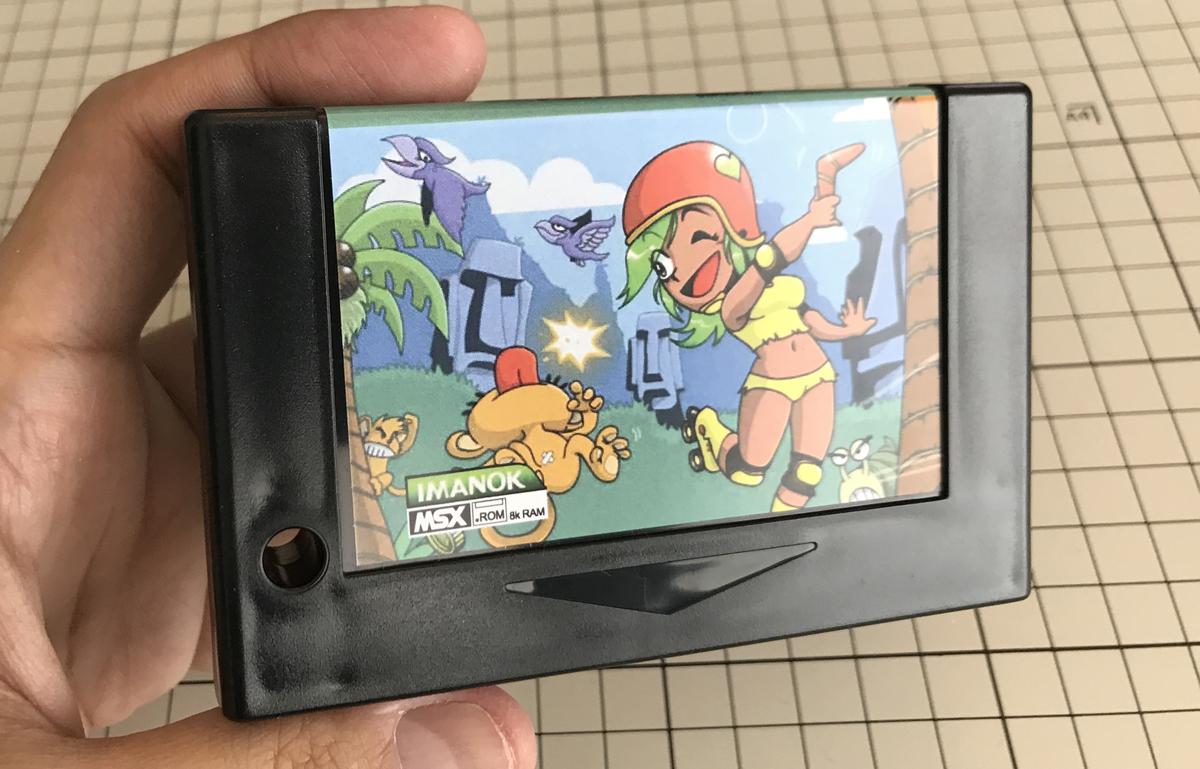
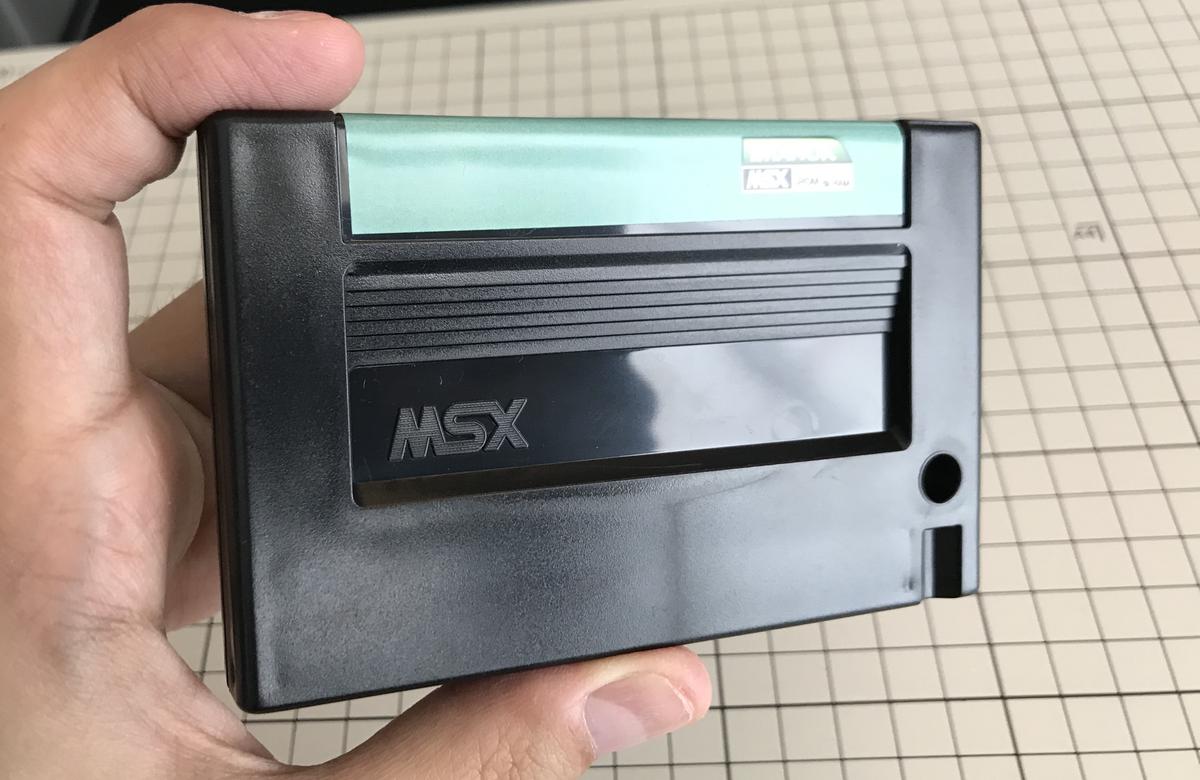
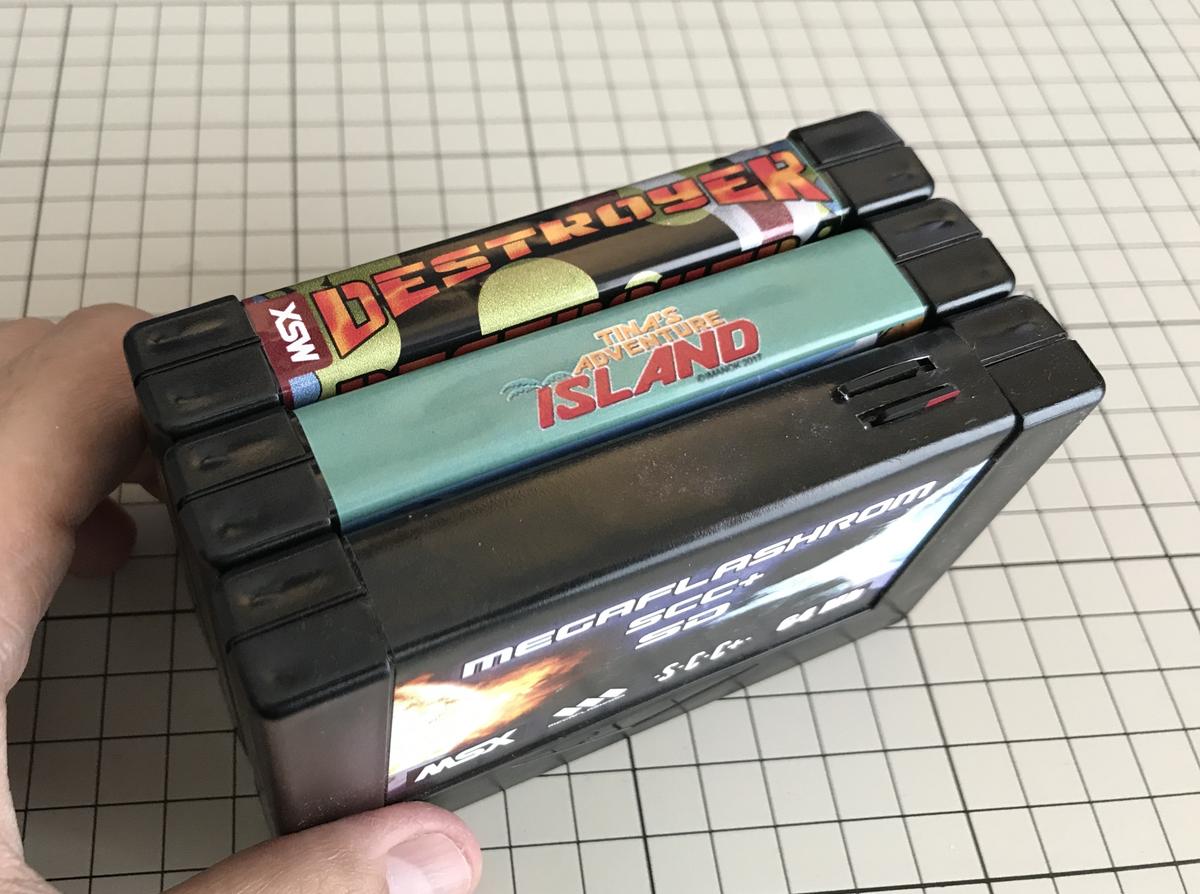
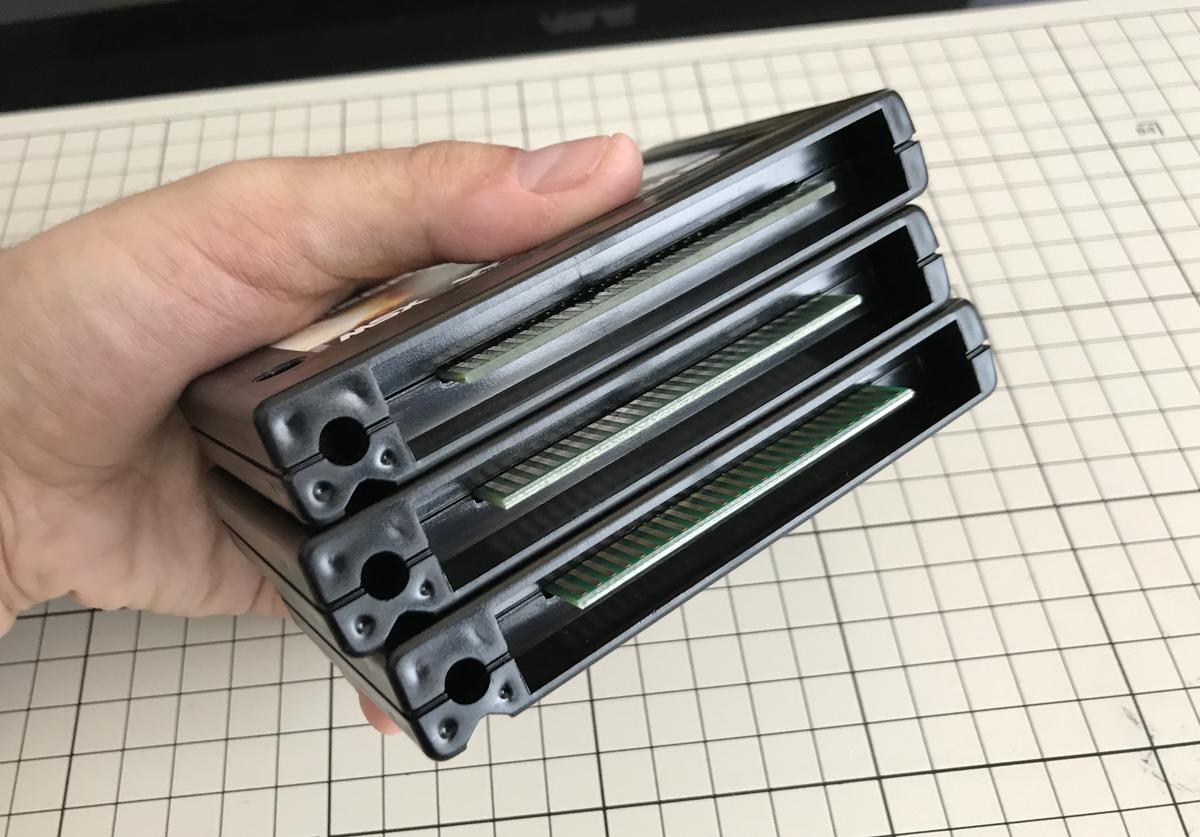
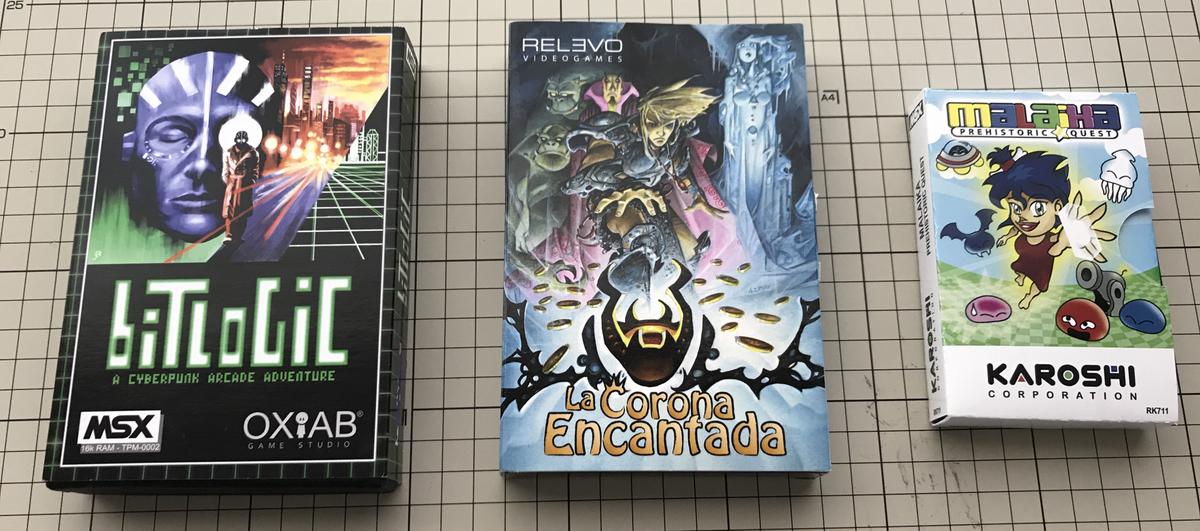
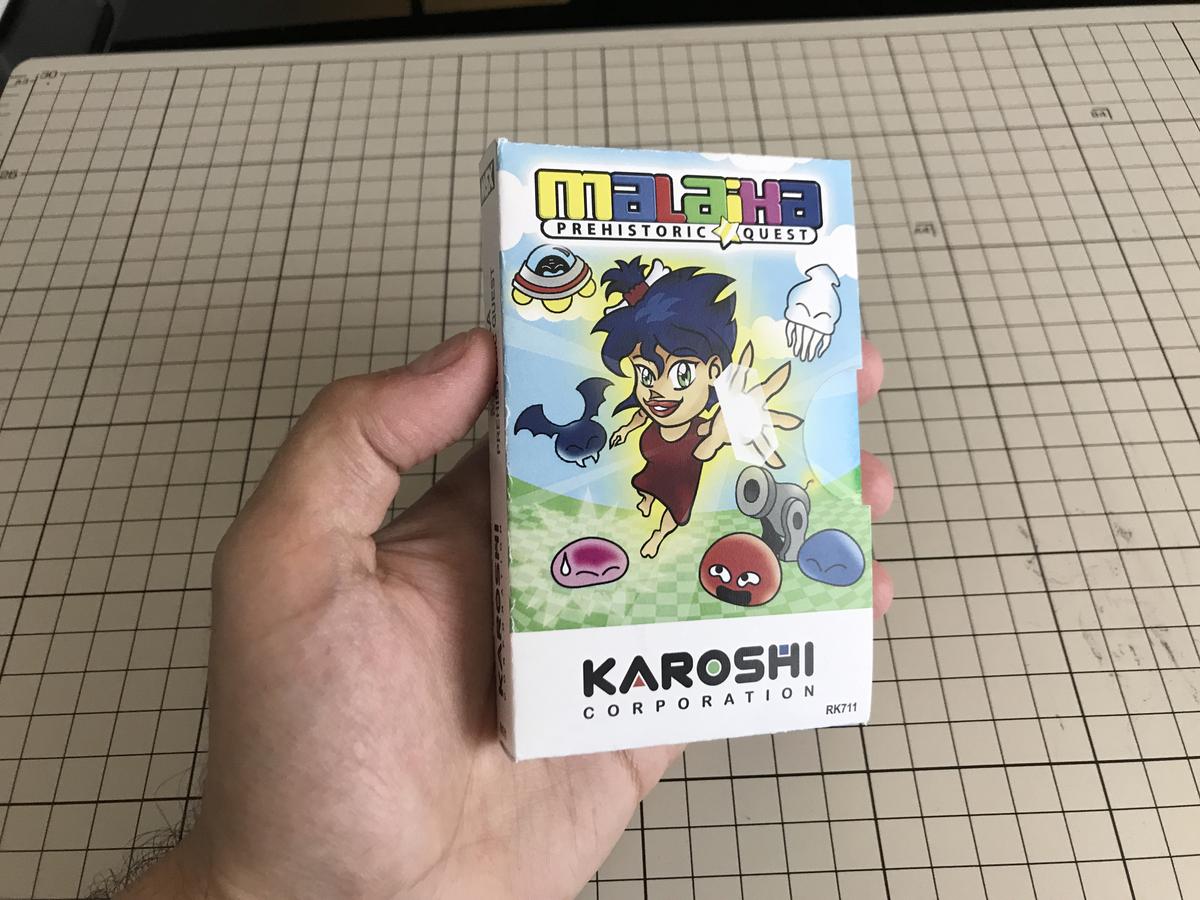
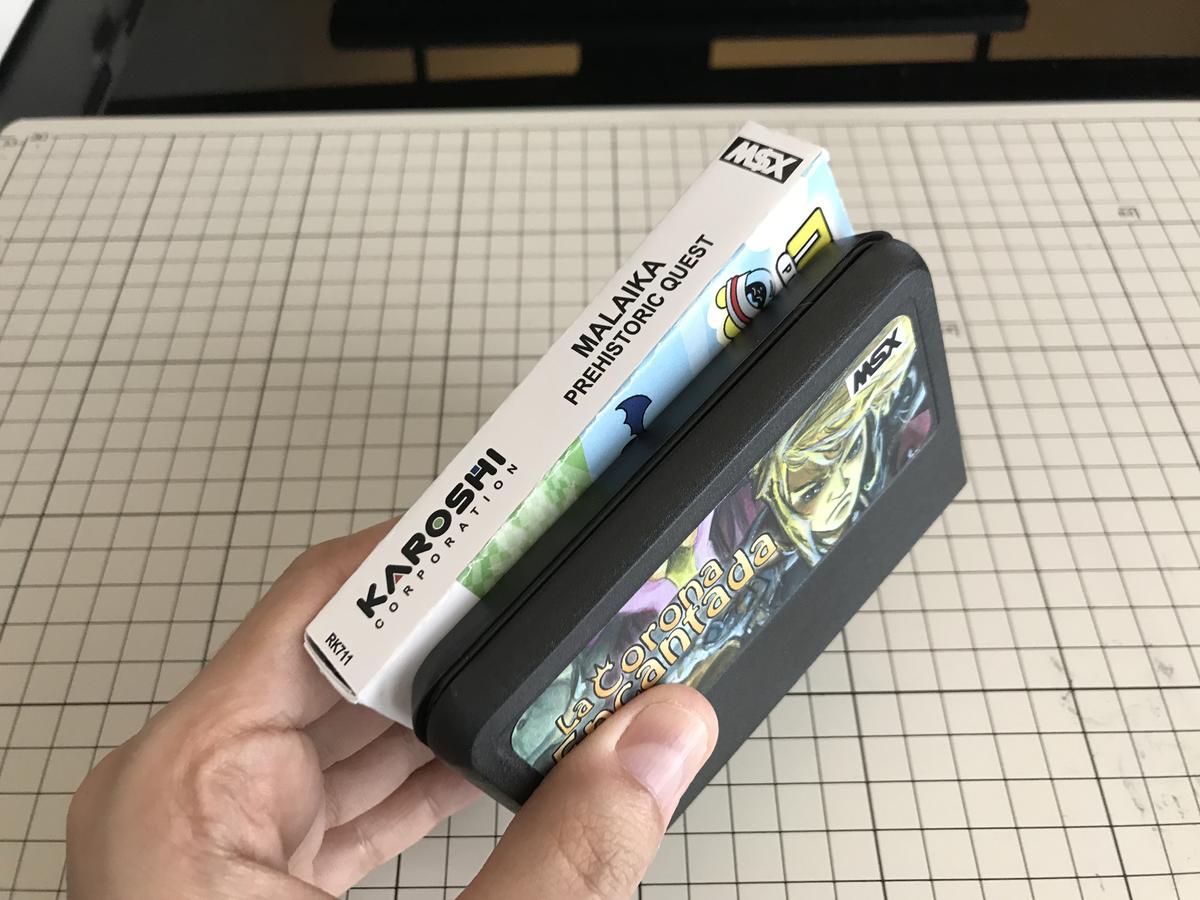
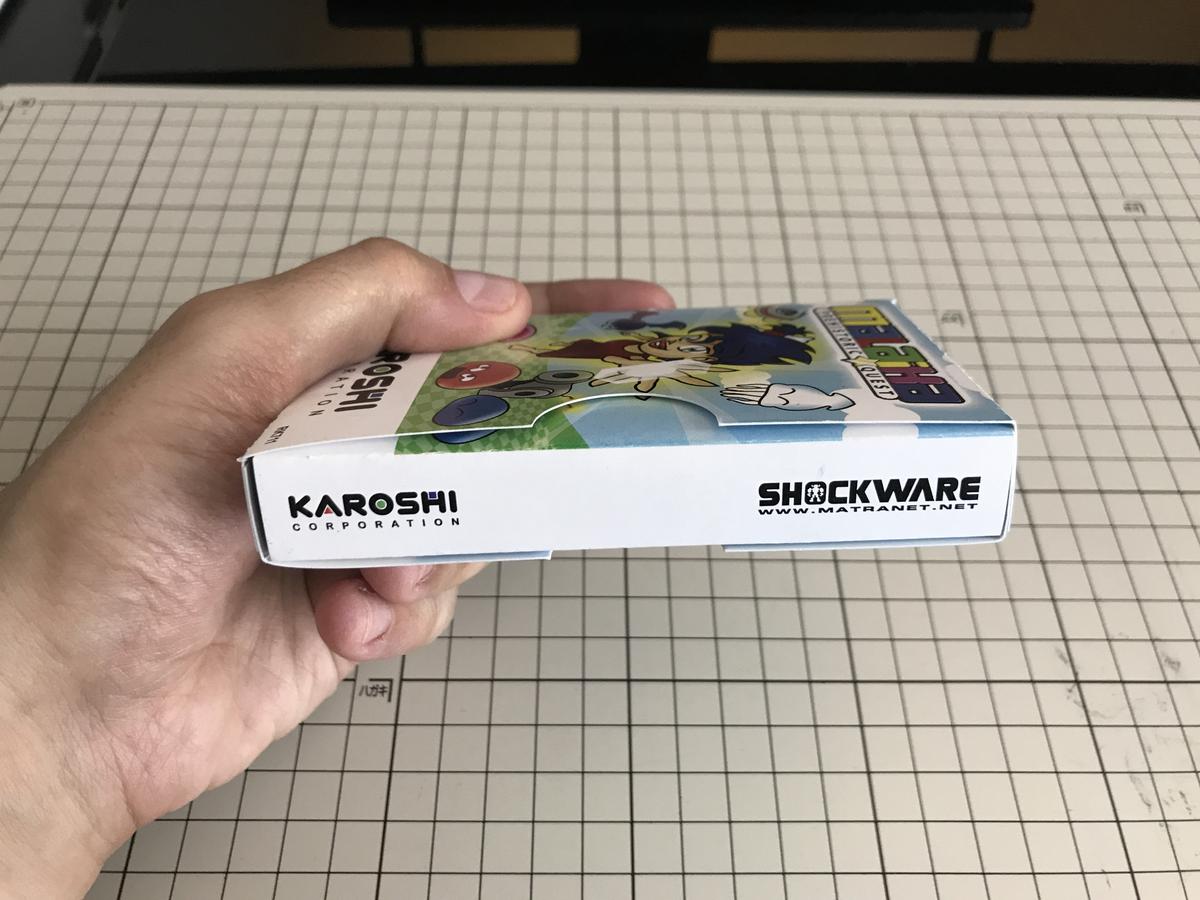
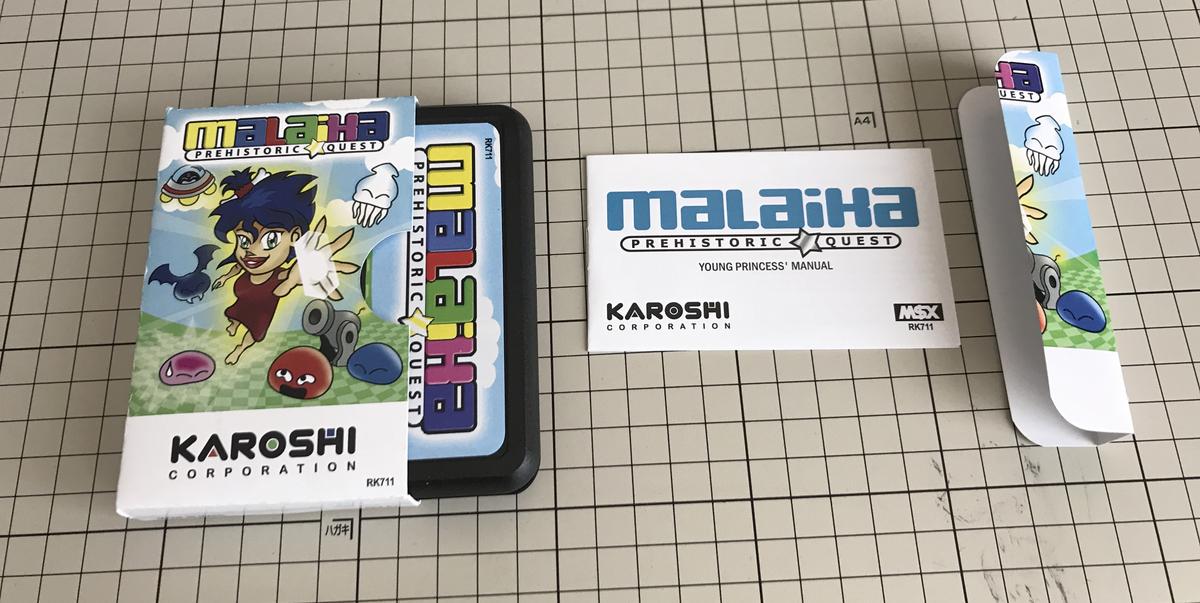
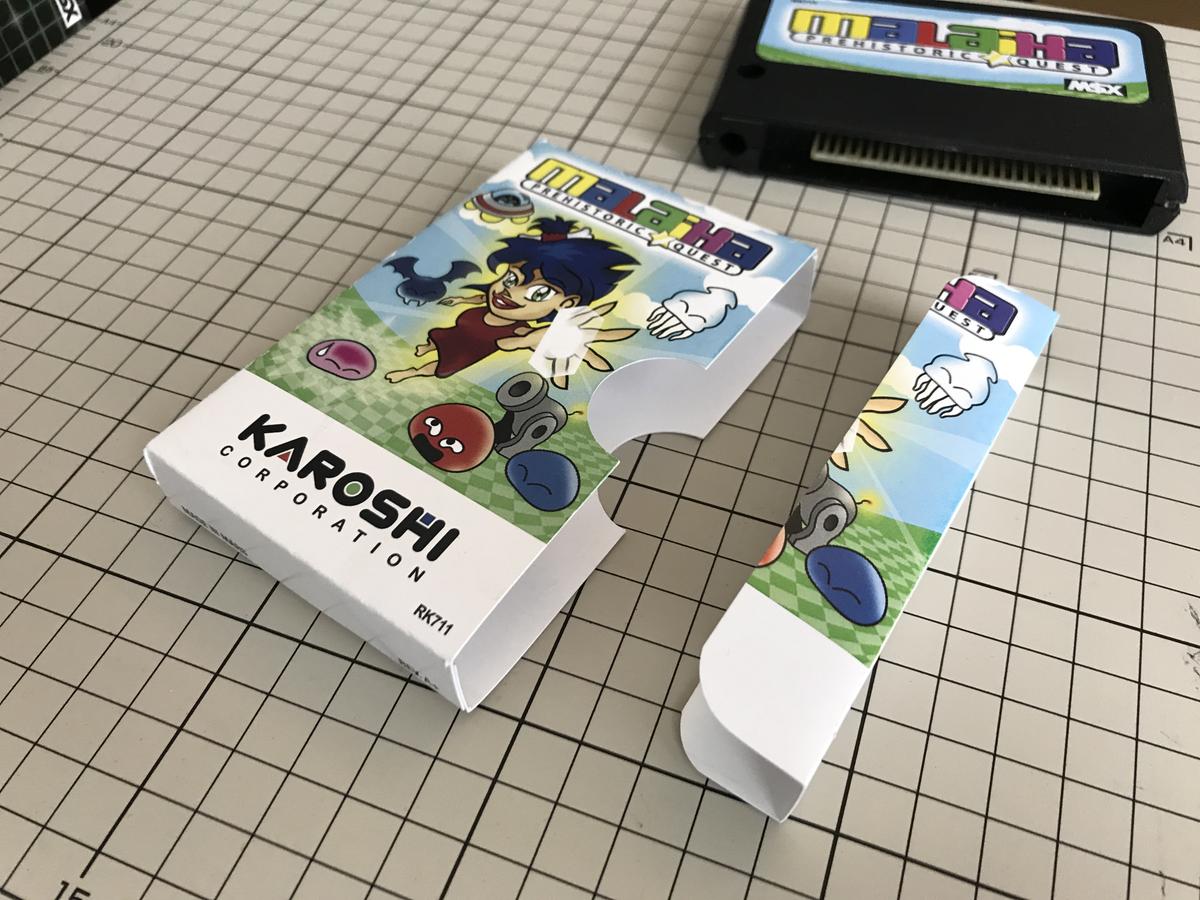
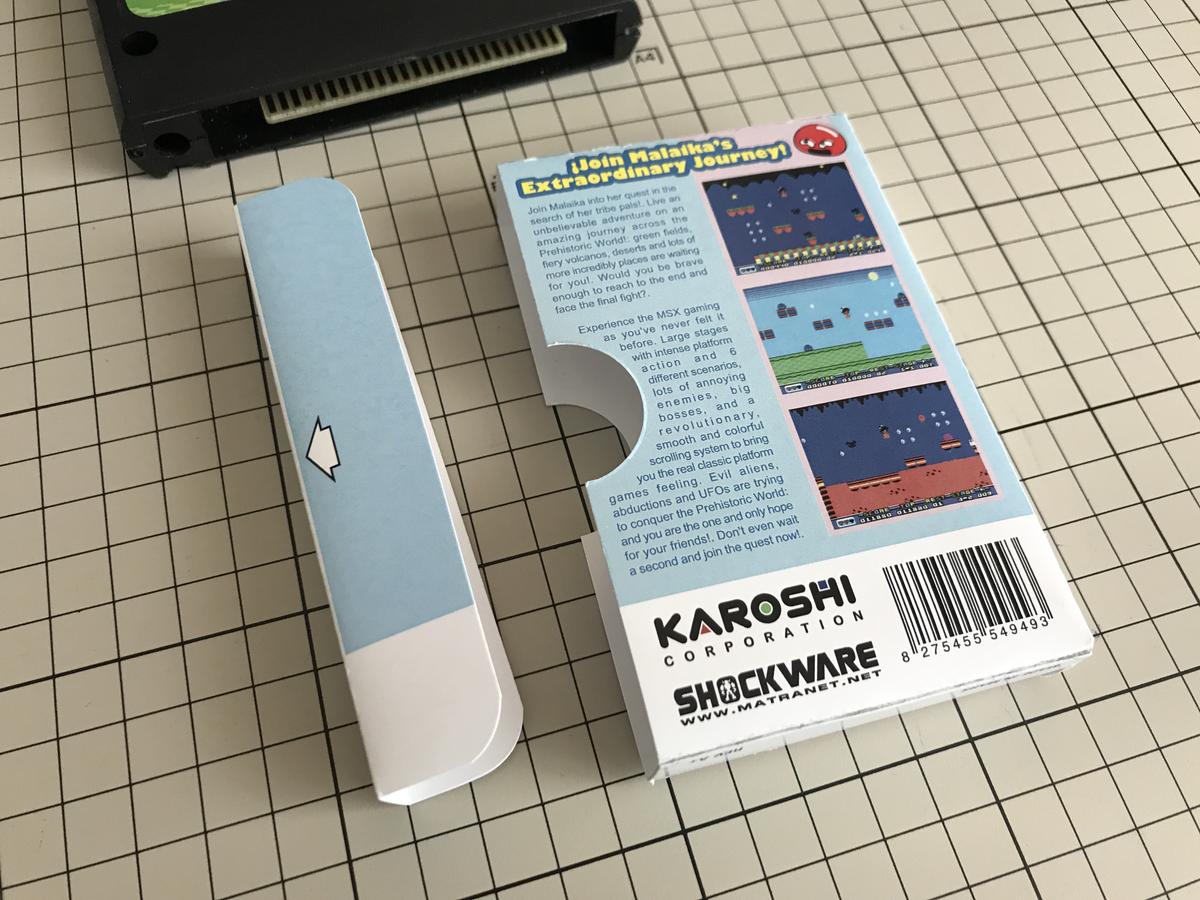
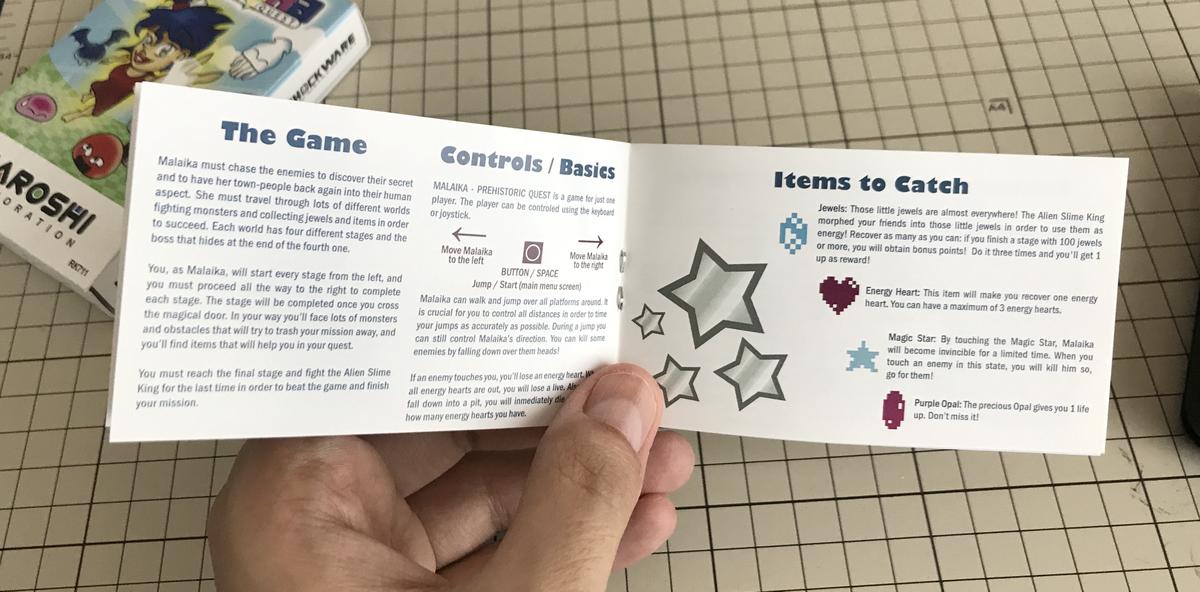
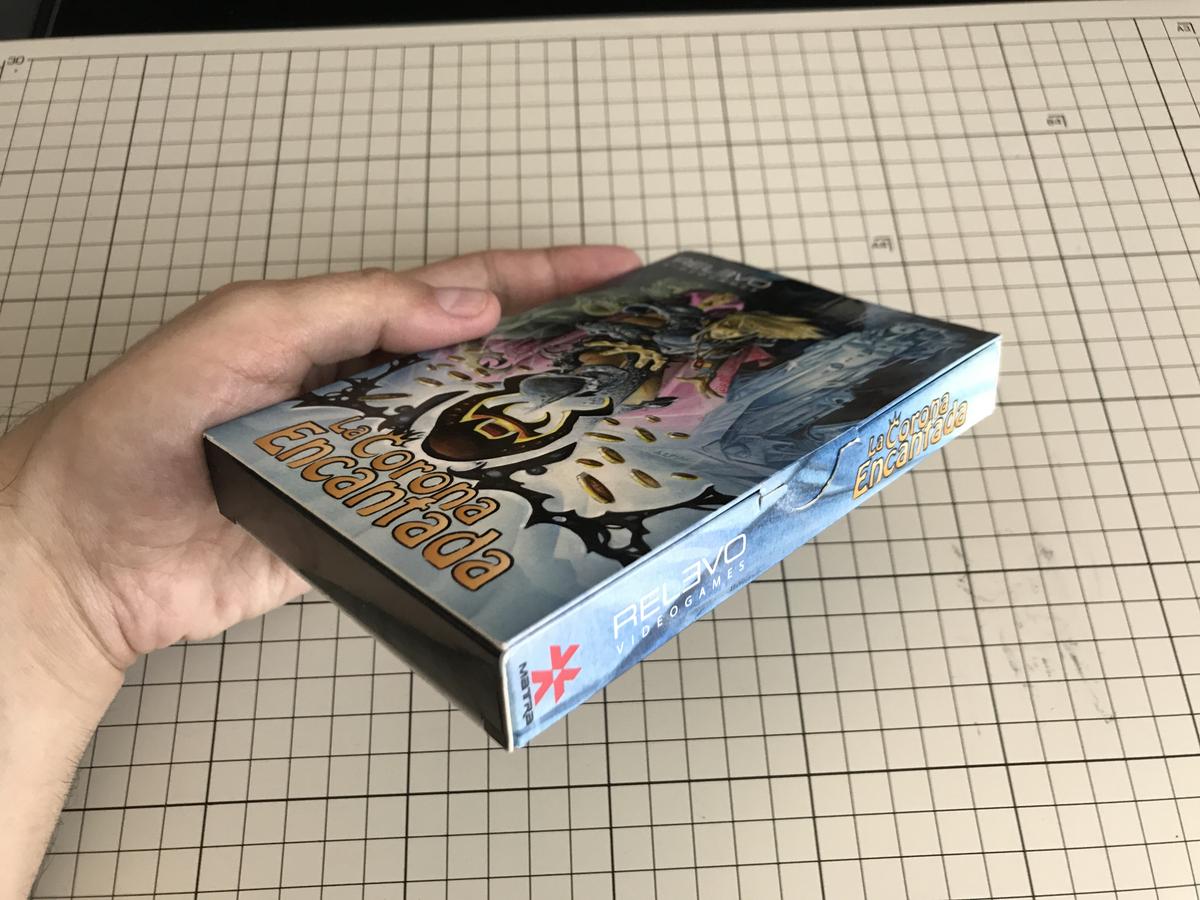
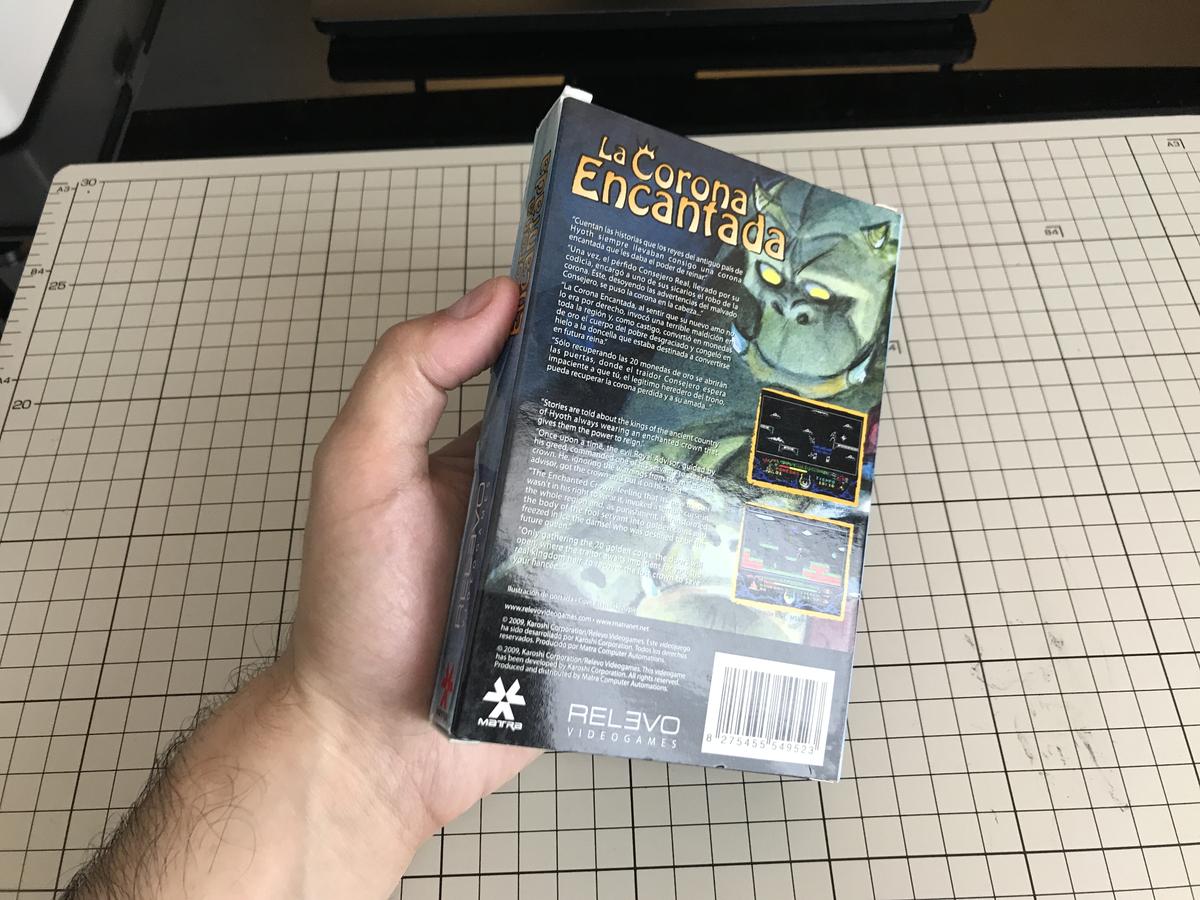
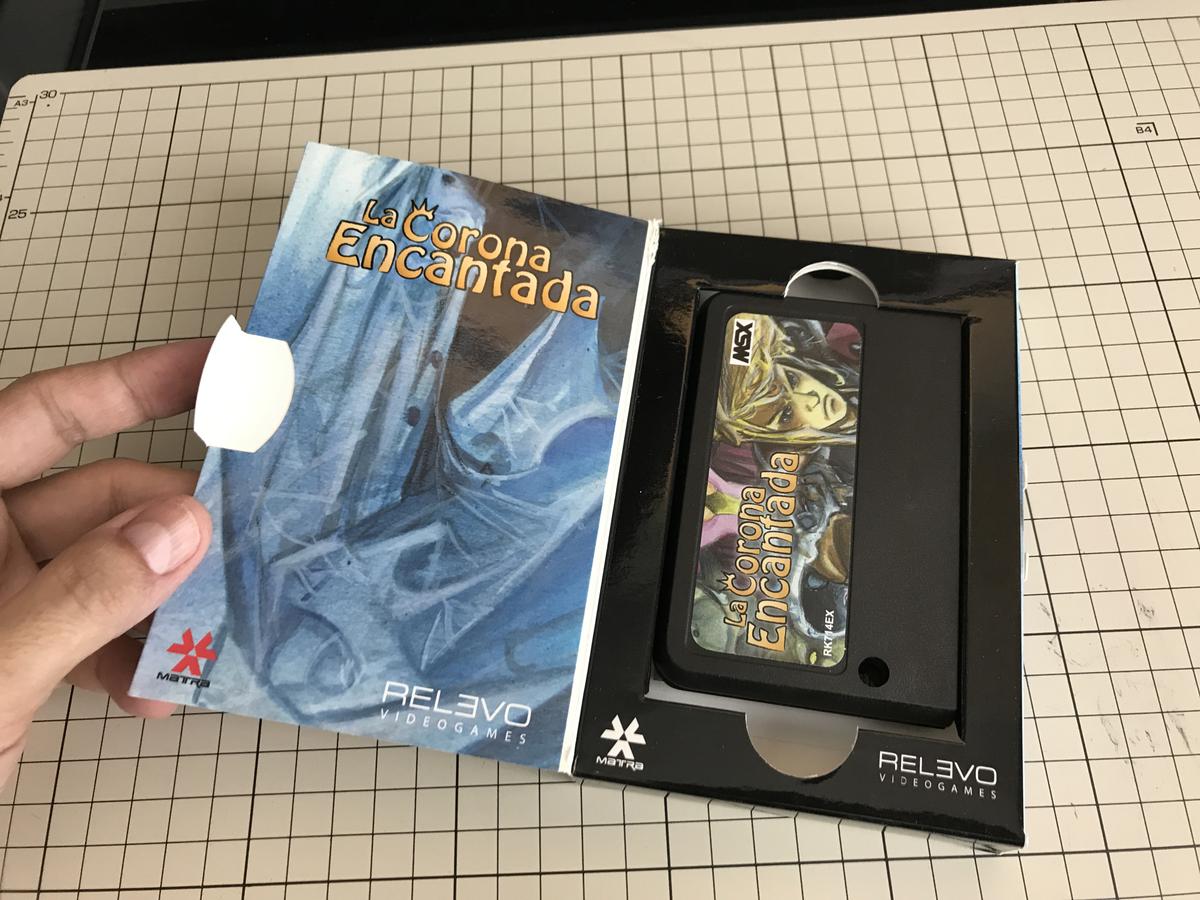
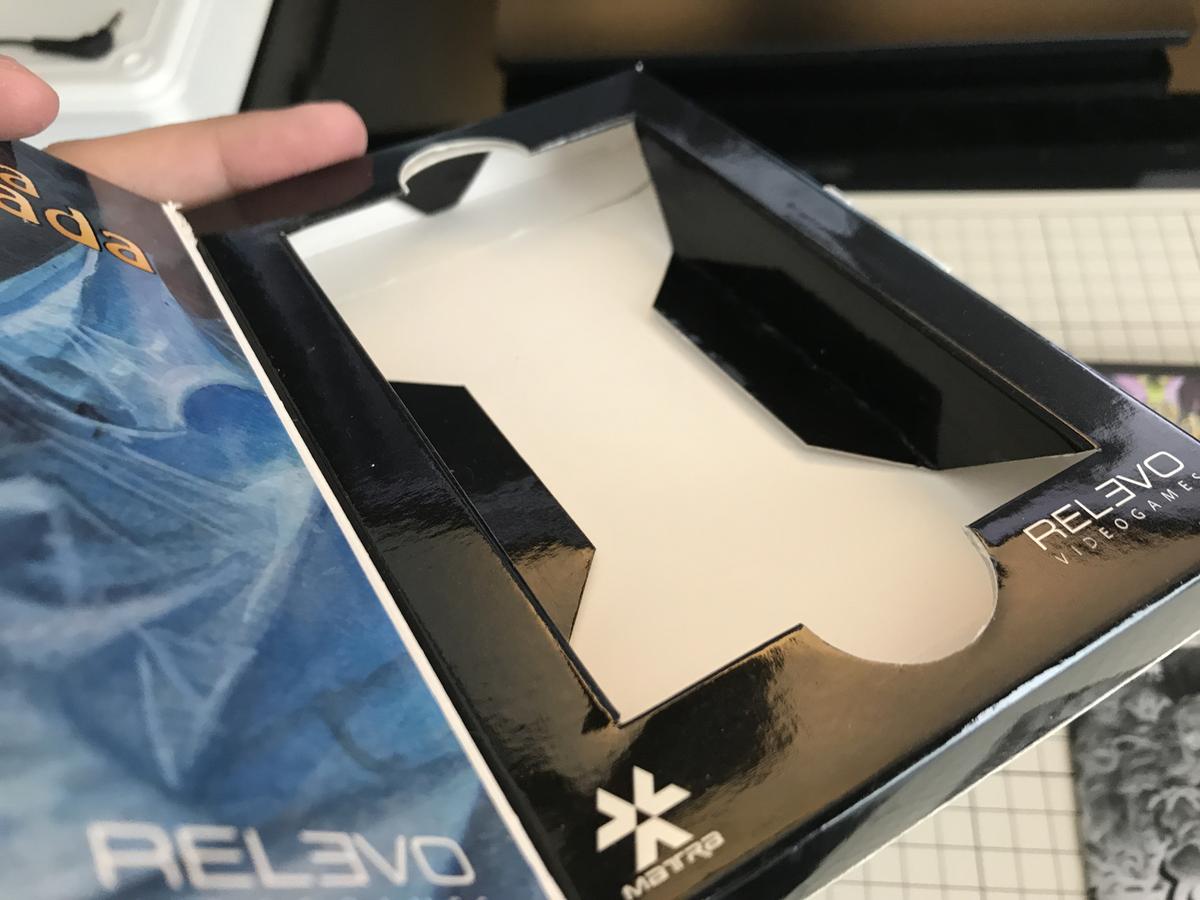
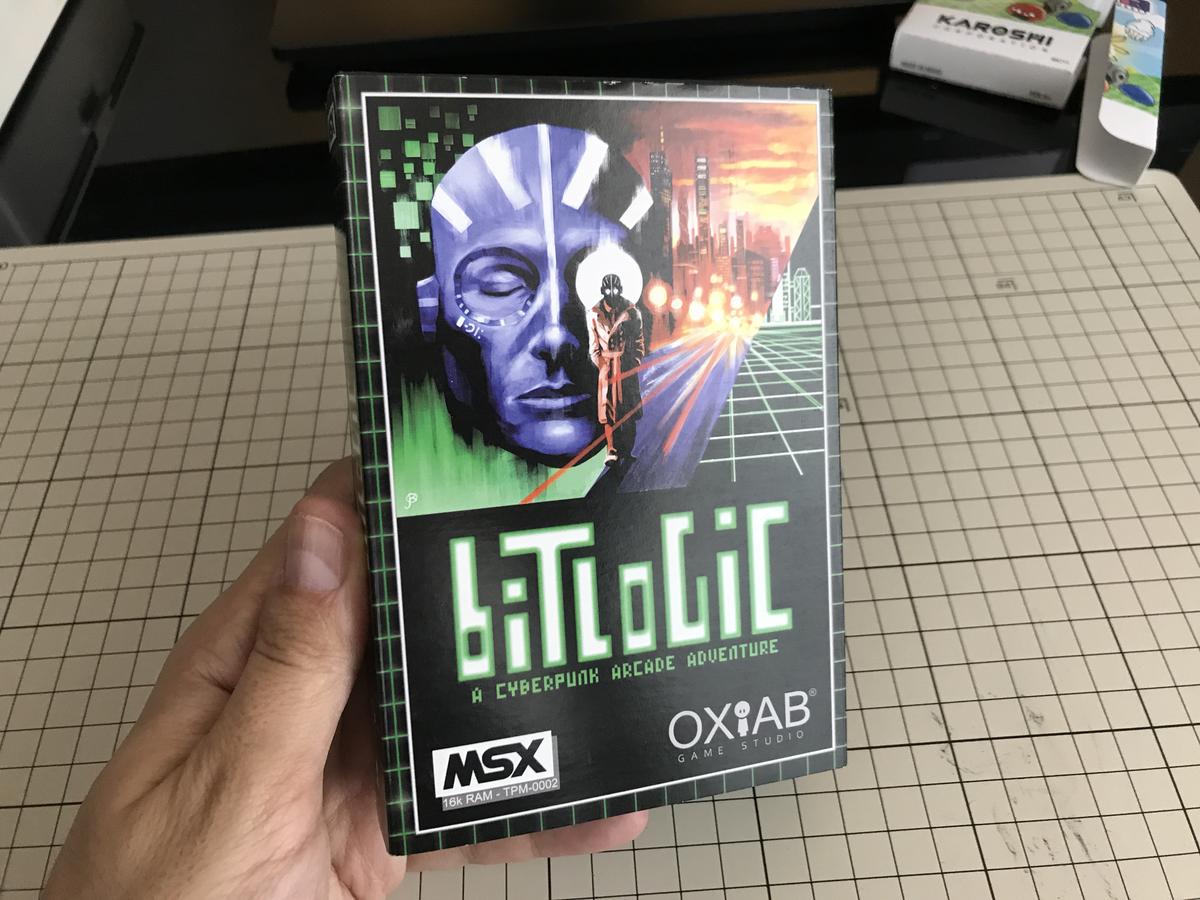
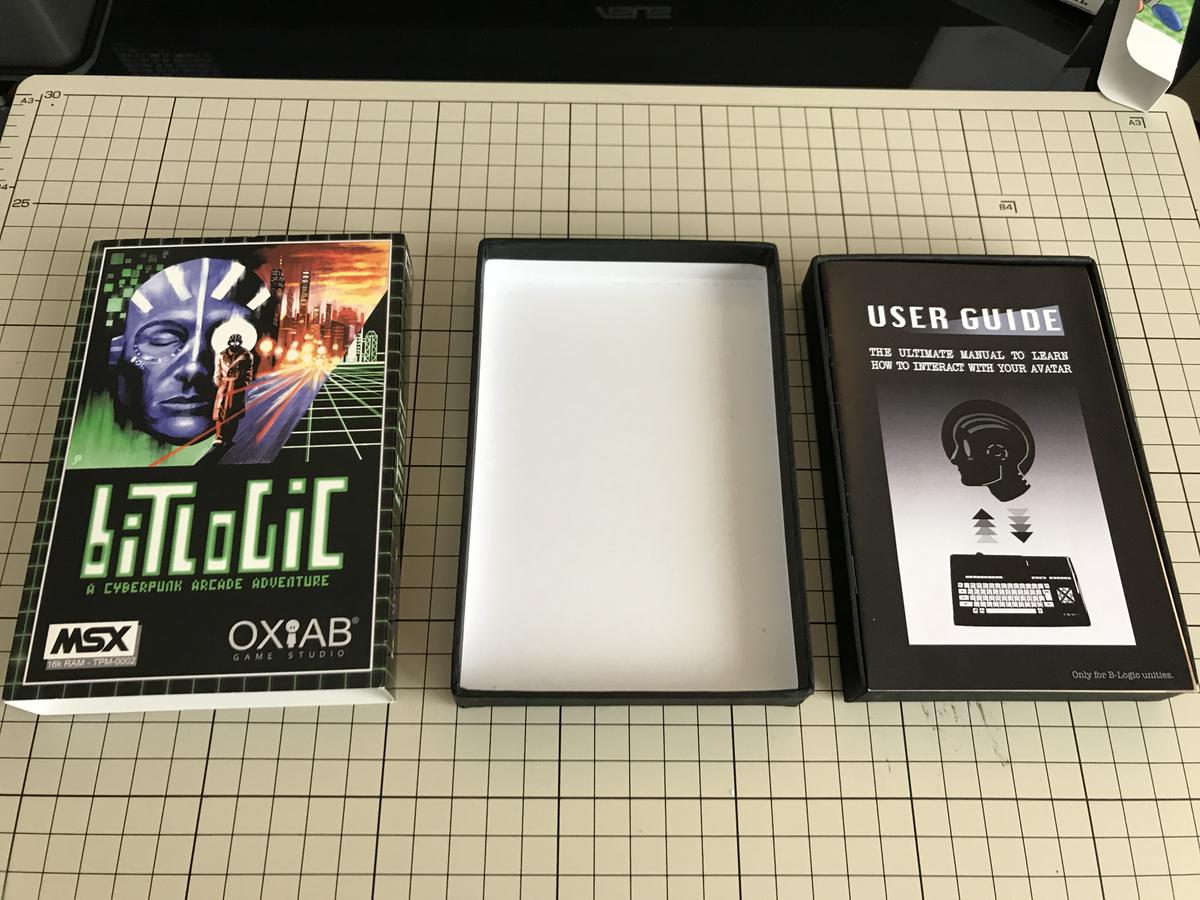
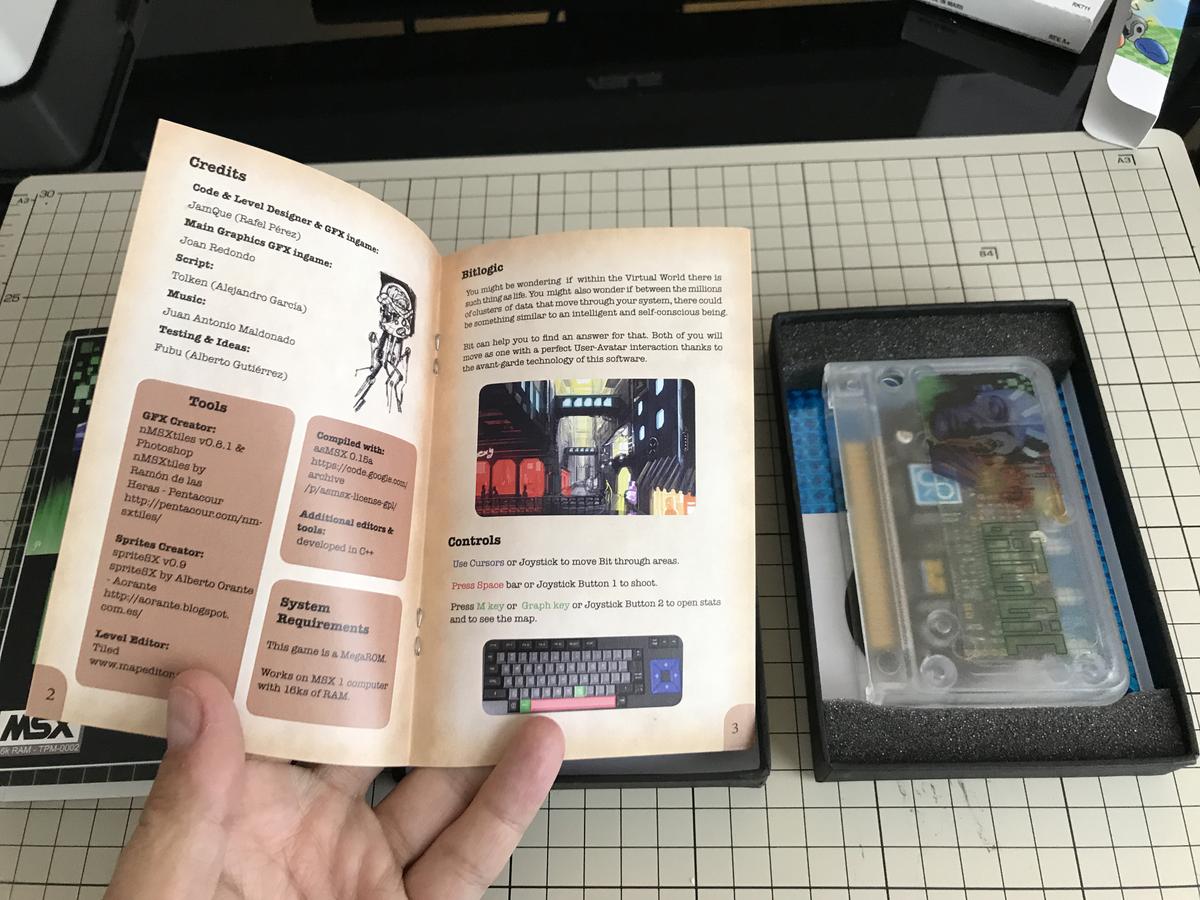
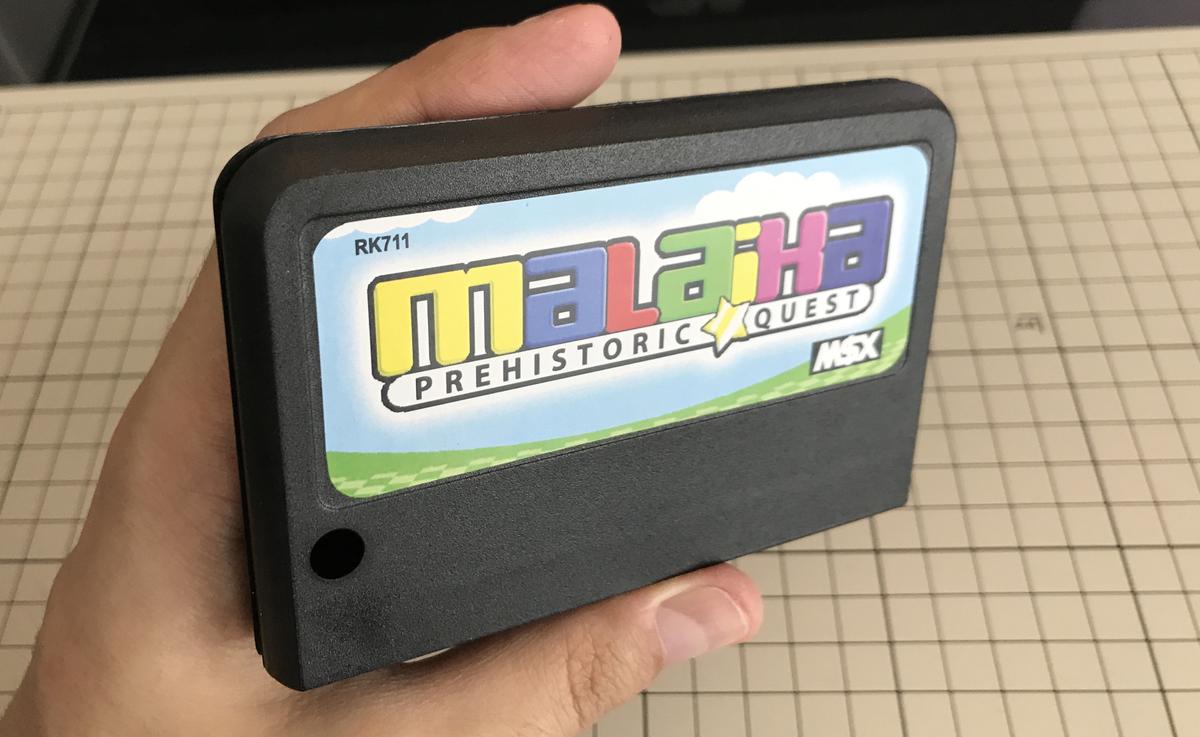
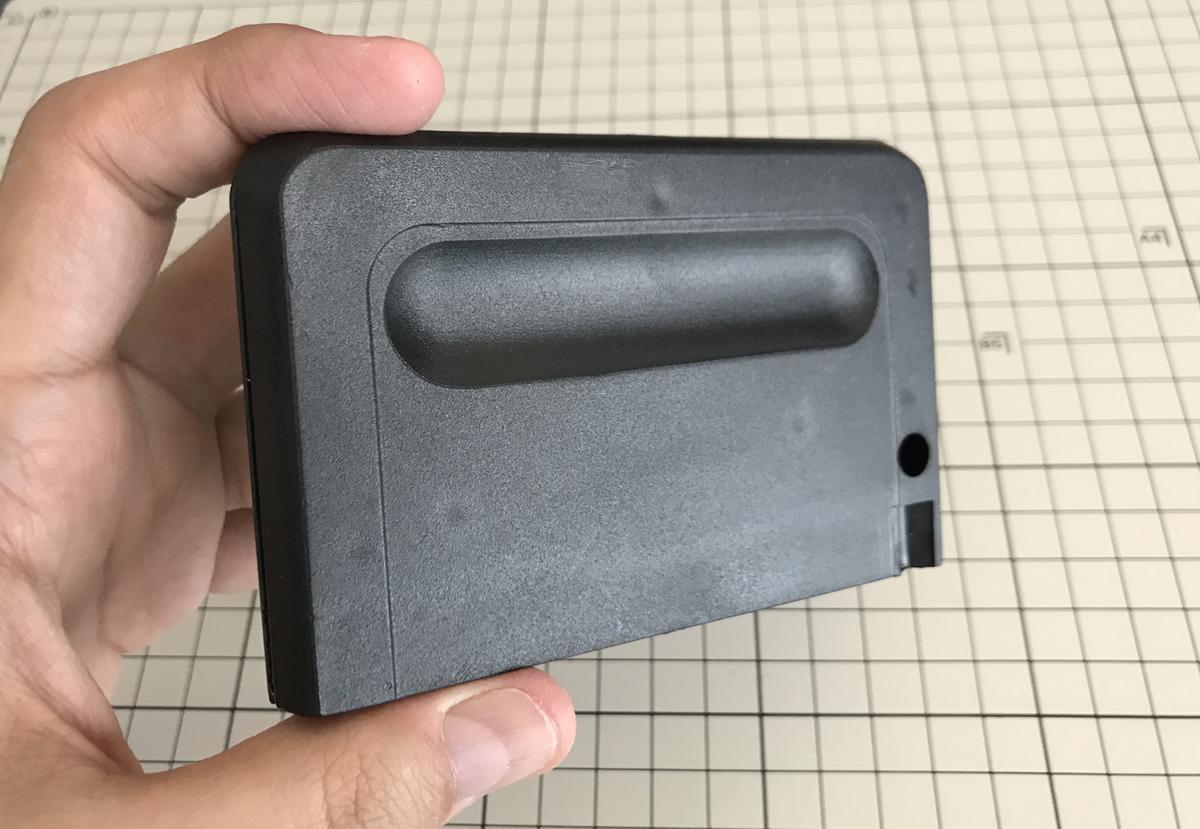
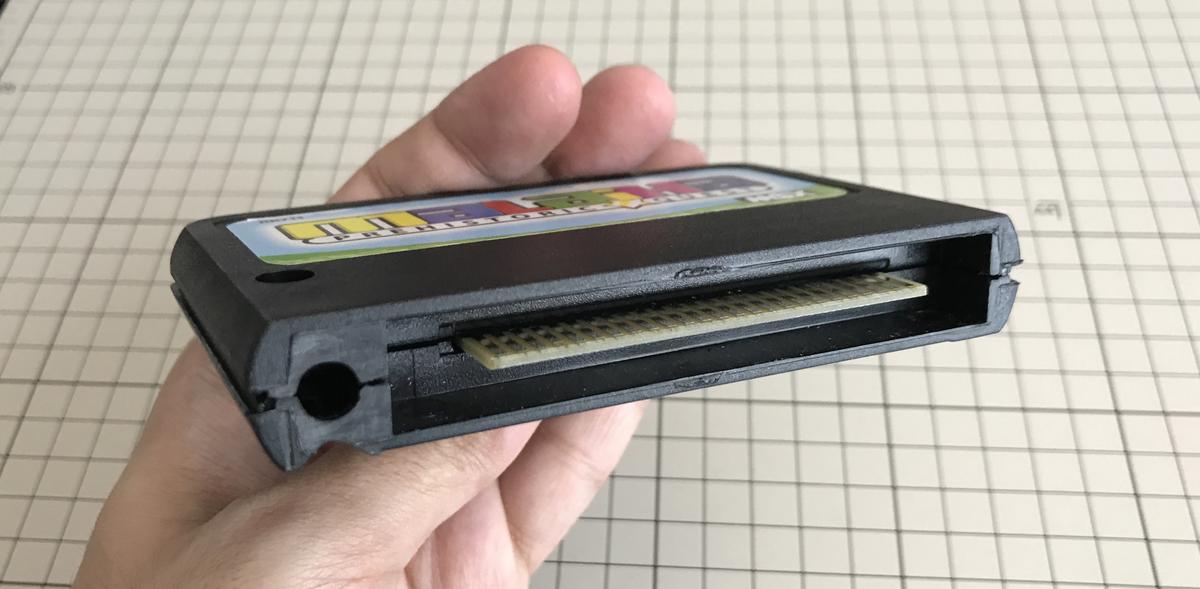
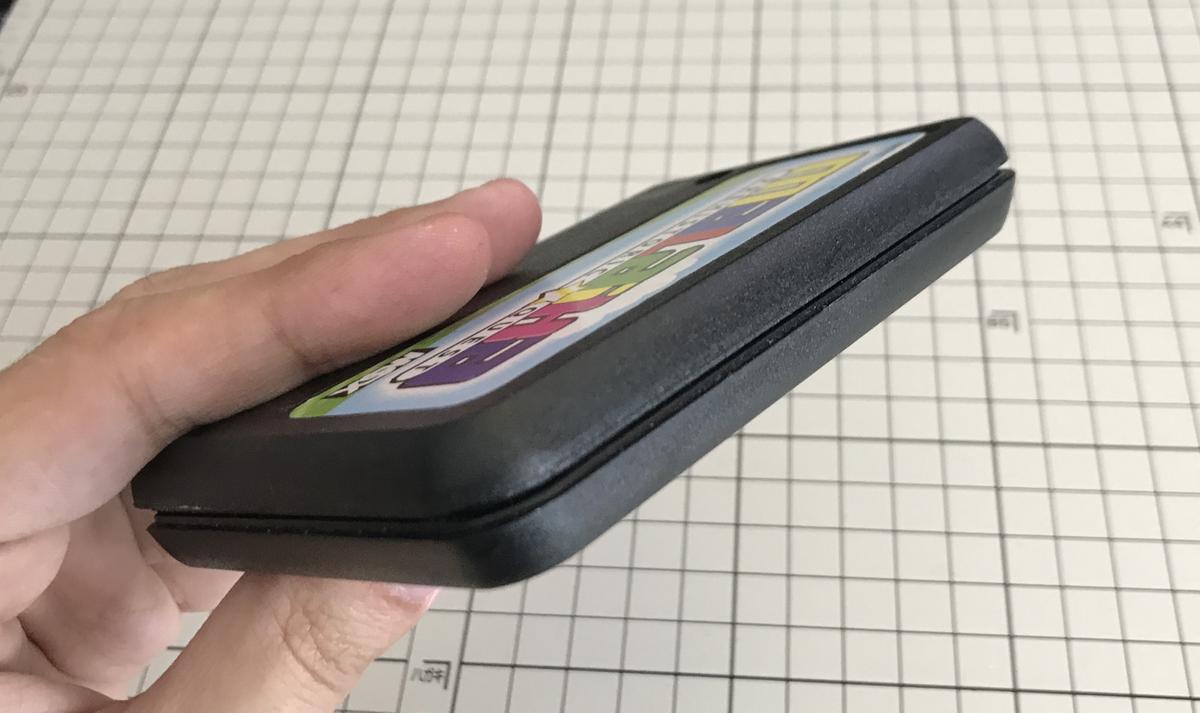
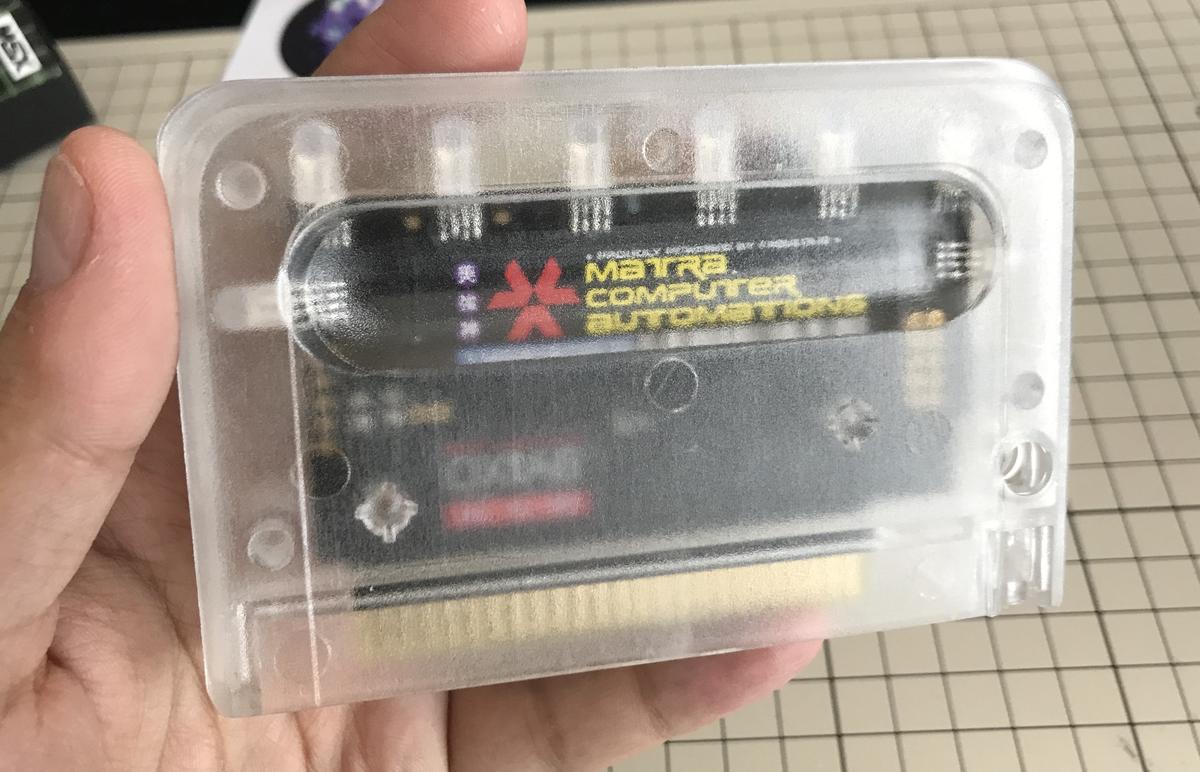
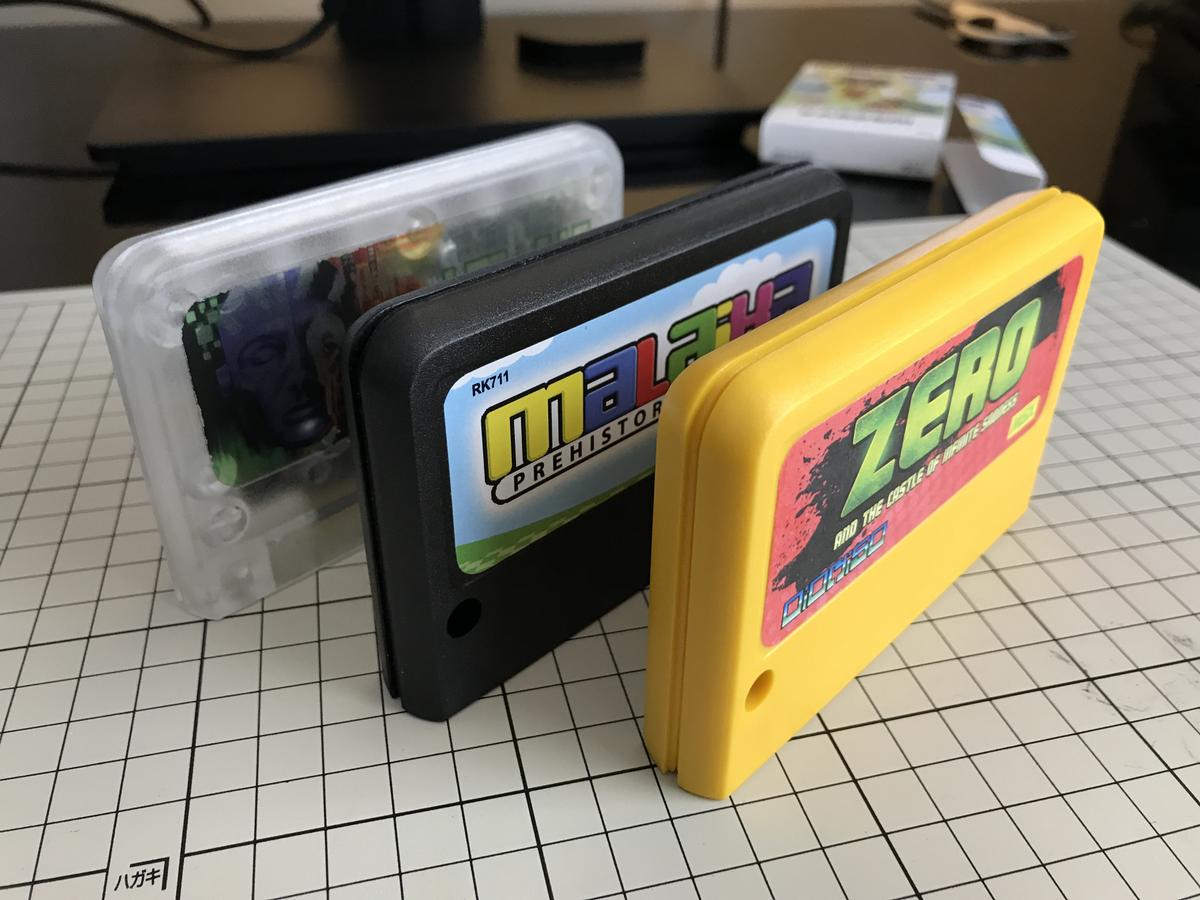

#161 by AxelStone
Posted on 26/Jun/2017 08:14:01
Really a very impressive review to main cartridge manufacturers. We are lucky to have several options if we want to get a cartridge done. Eric cartridges have a small advantage against others: they can be opened without damage the case (they use screws). I've seem more than one MFR with a microSD inside since they can slide by the side of microsd slot. And it's really hard to get it out!